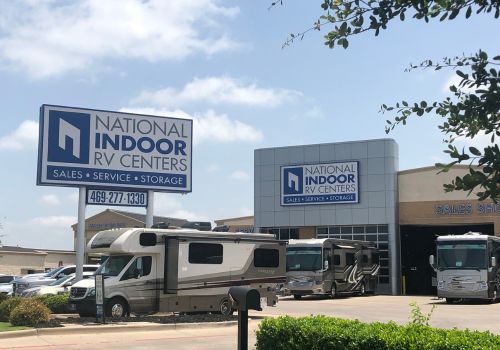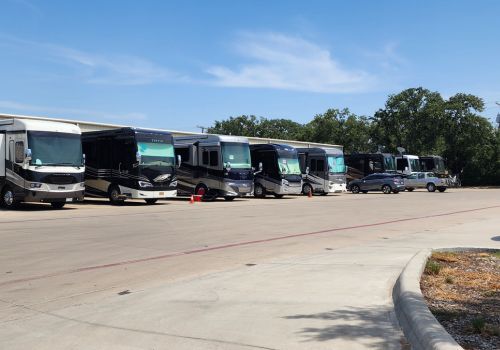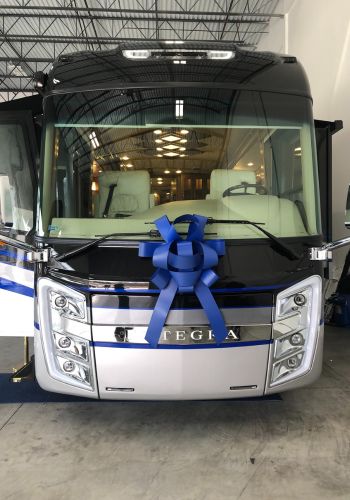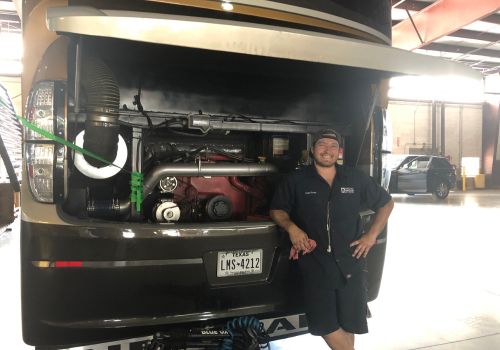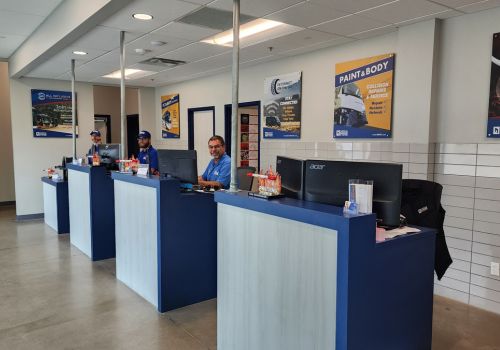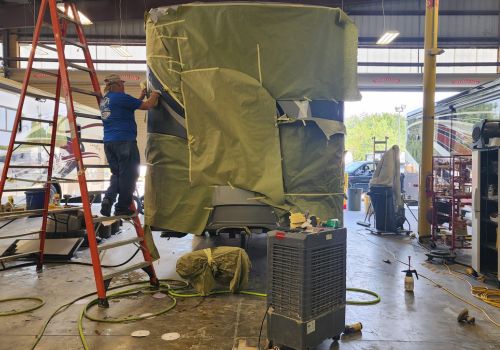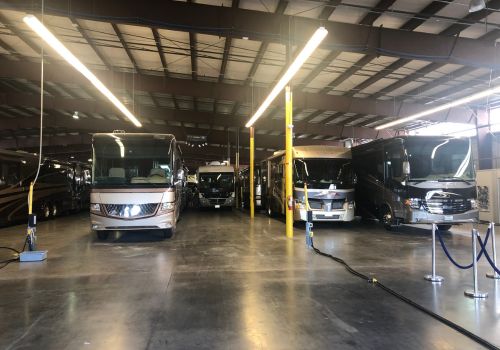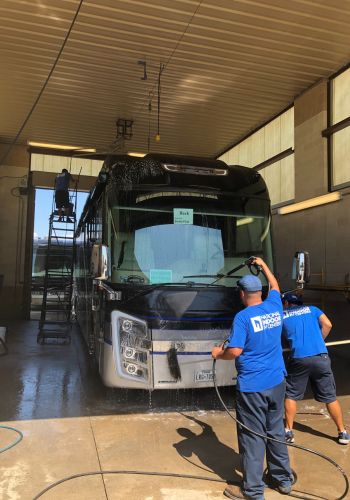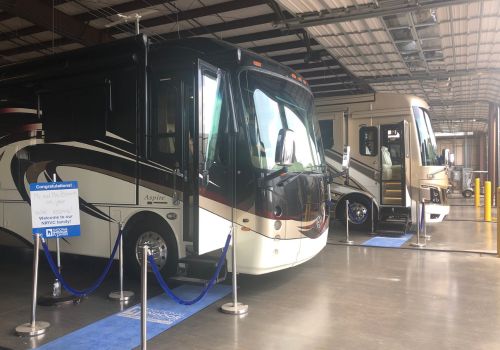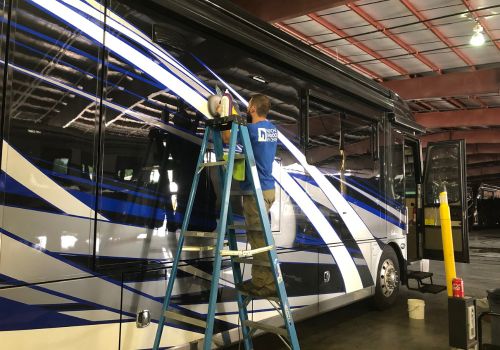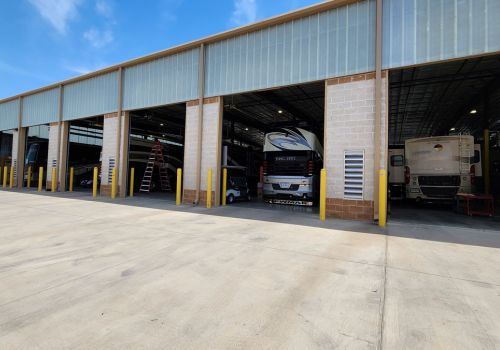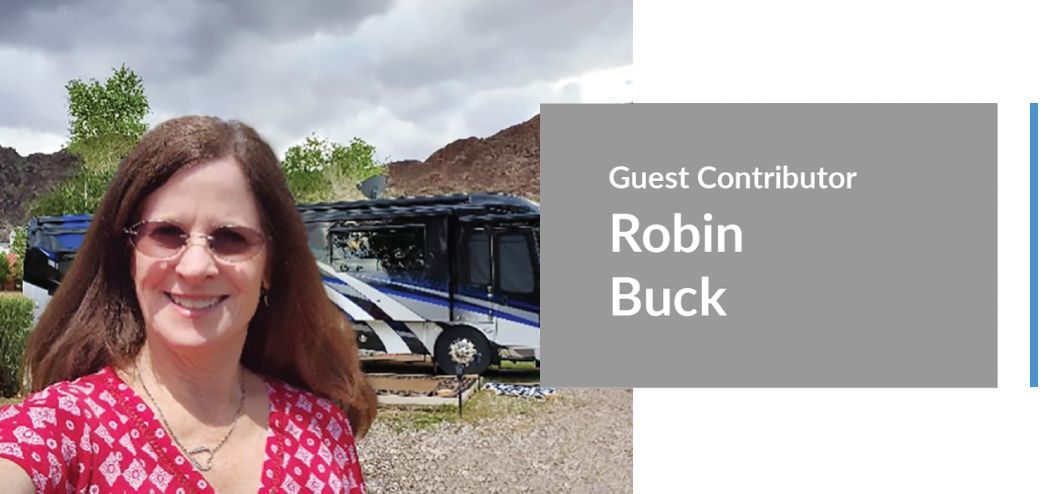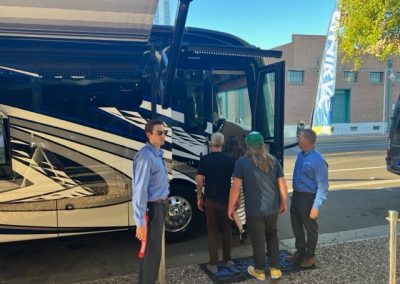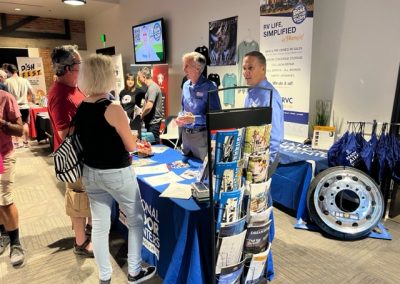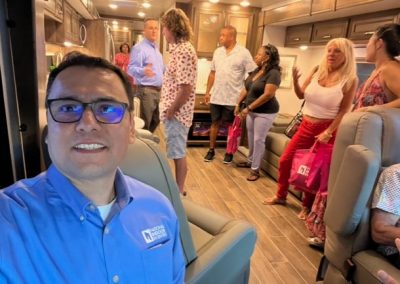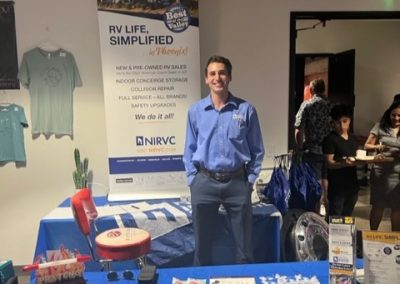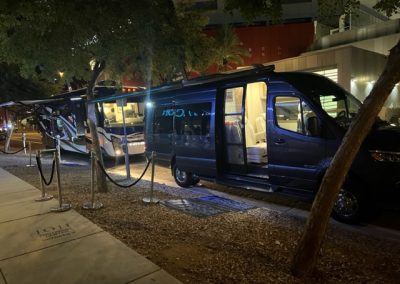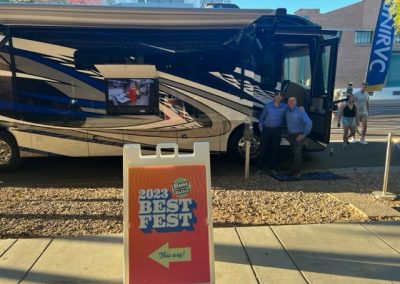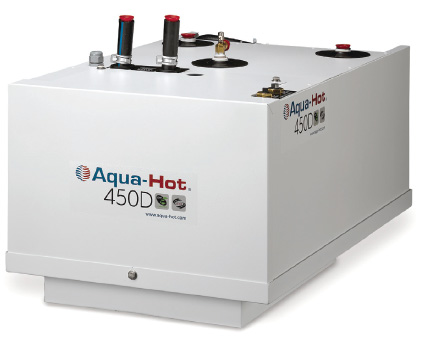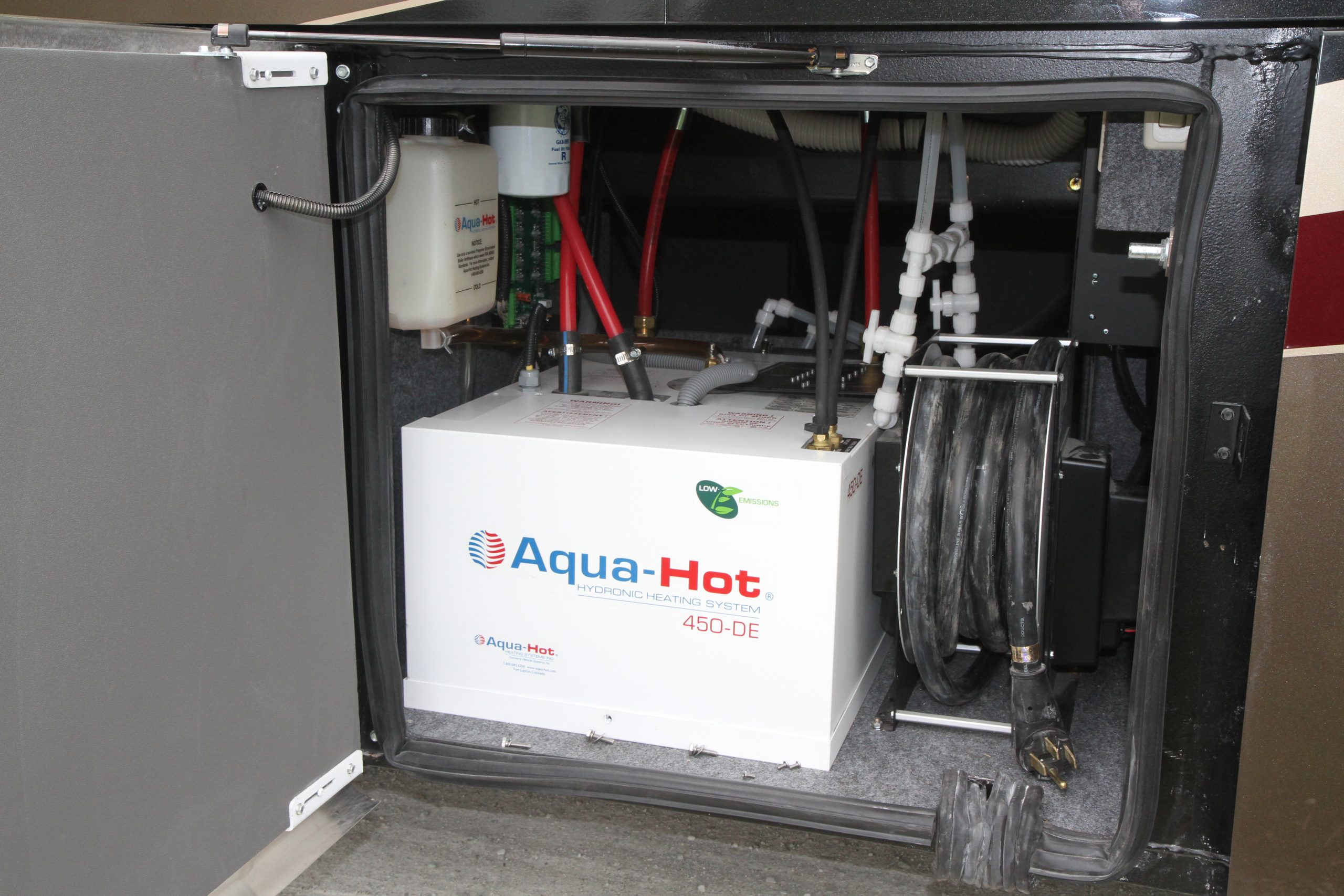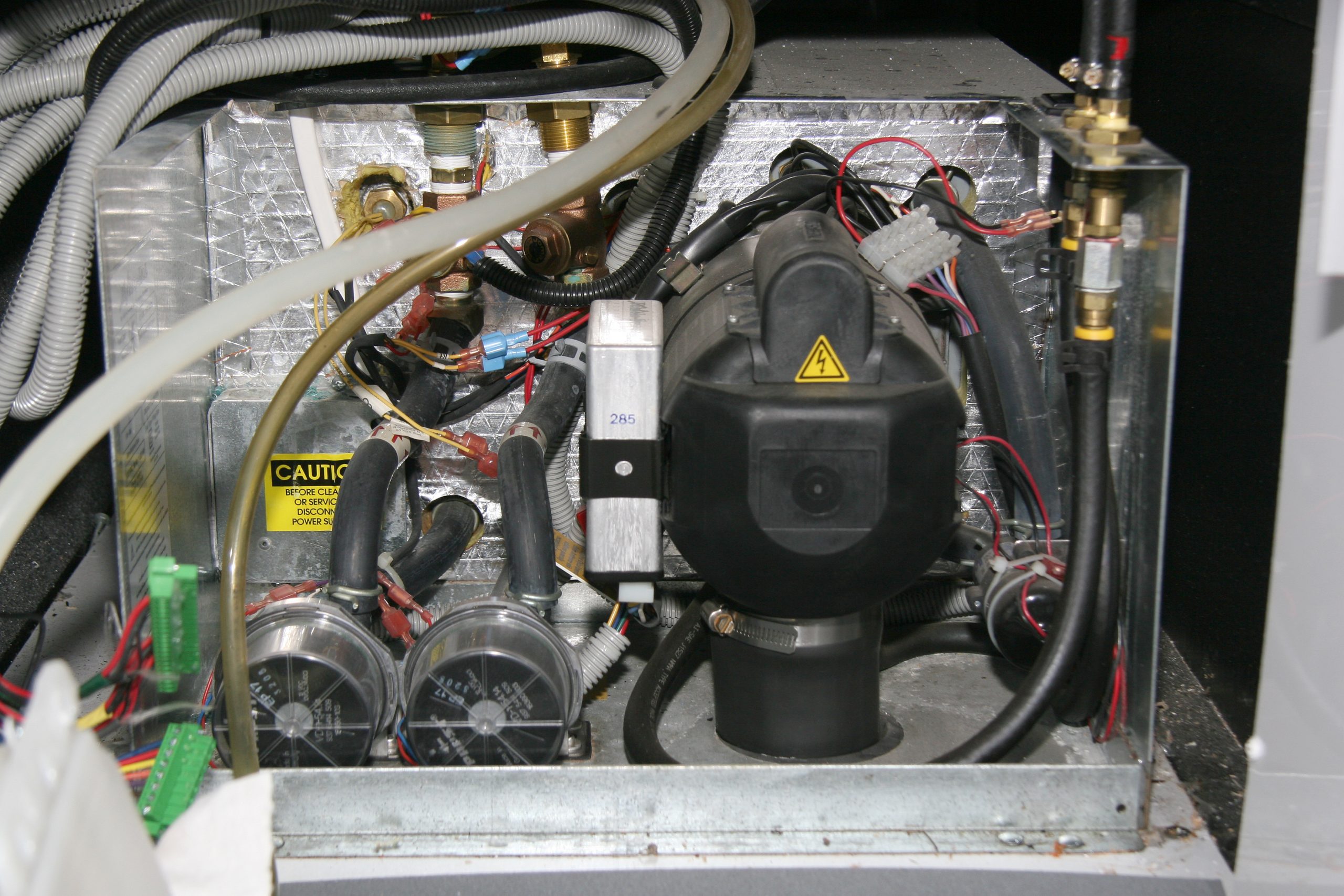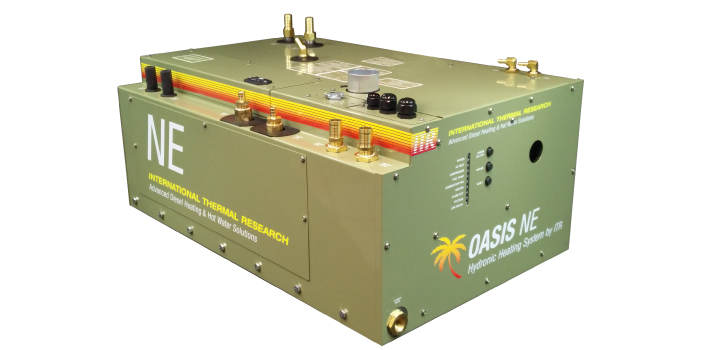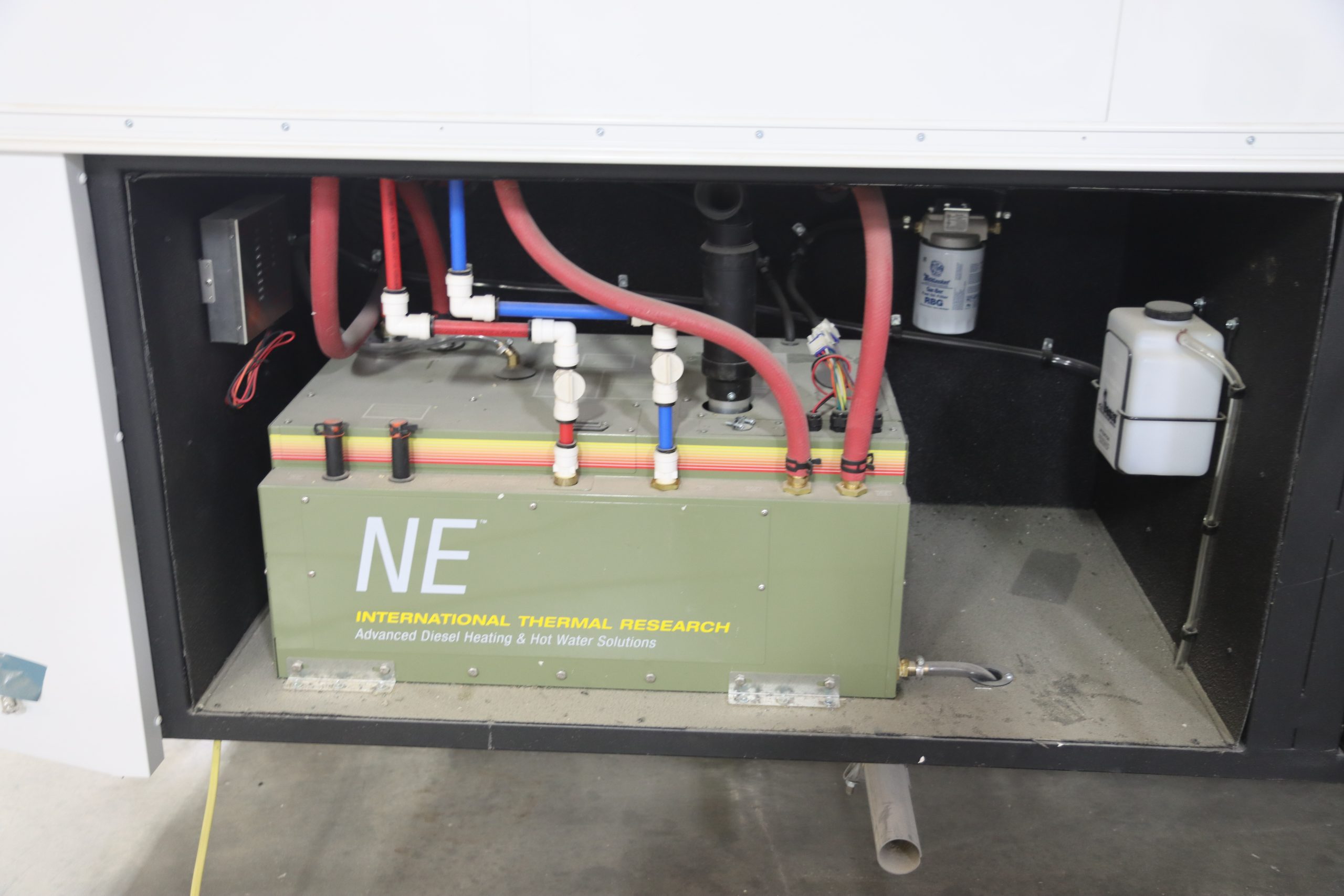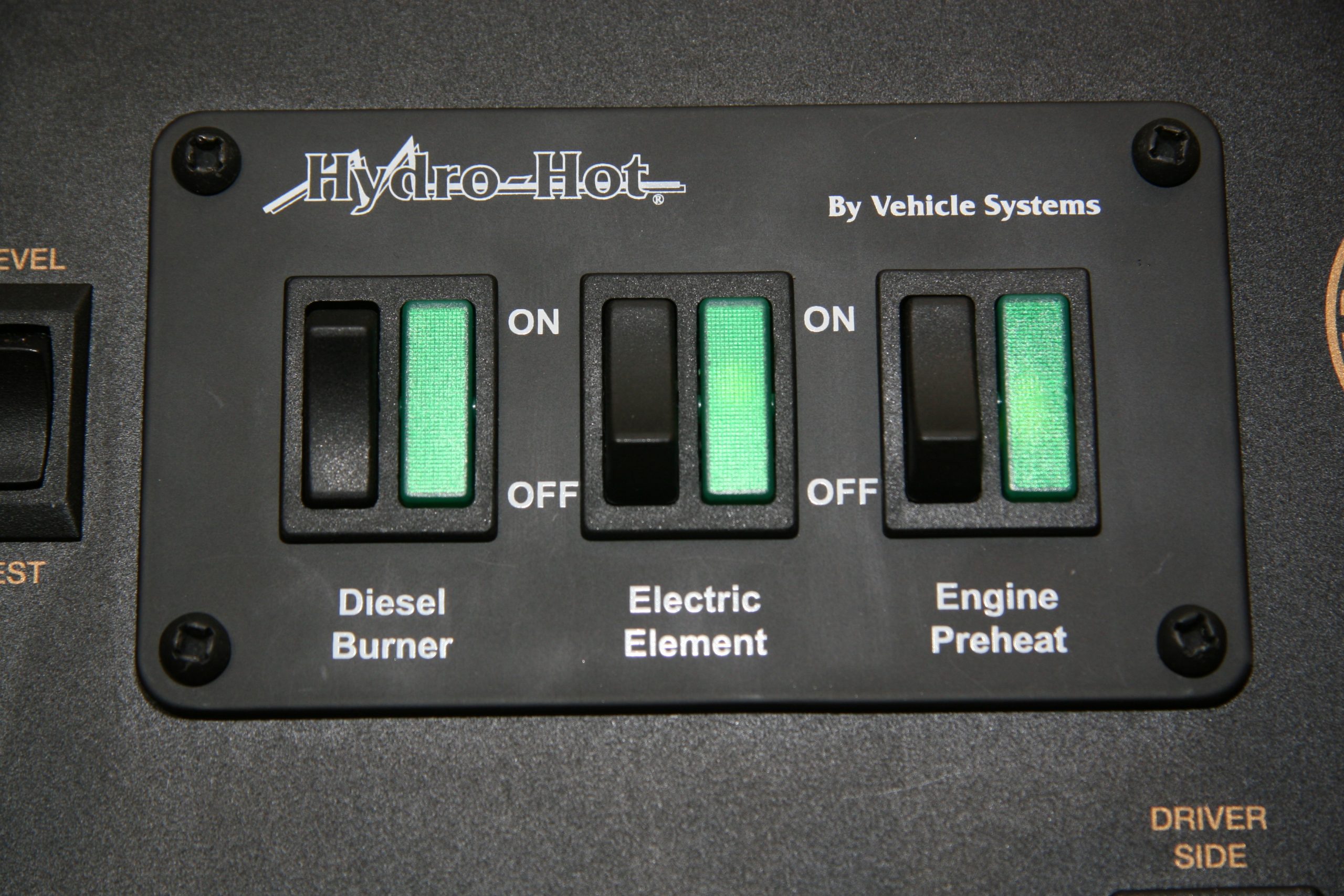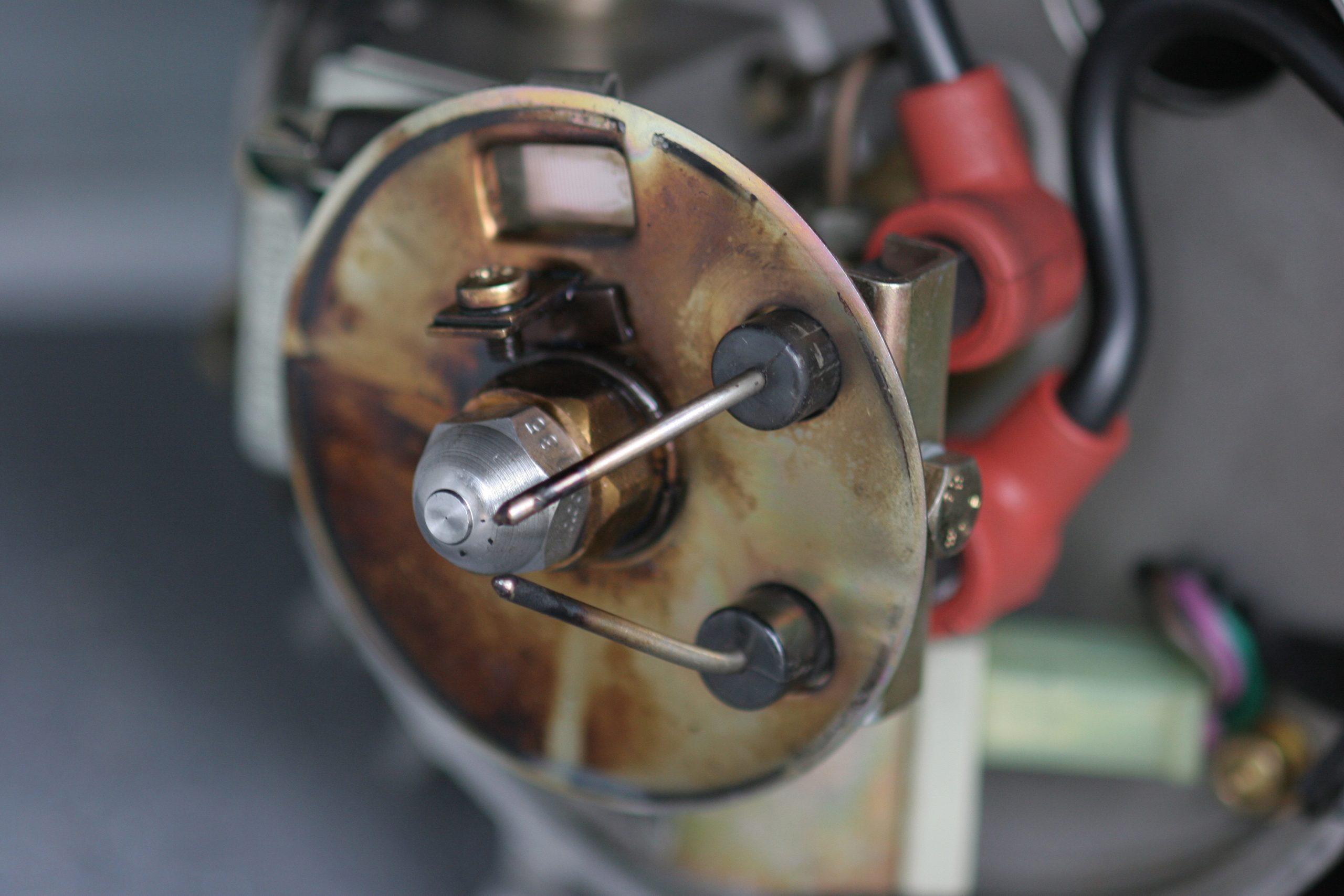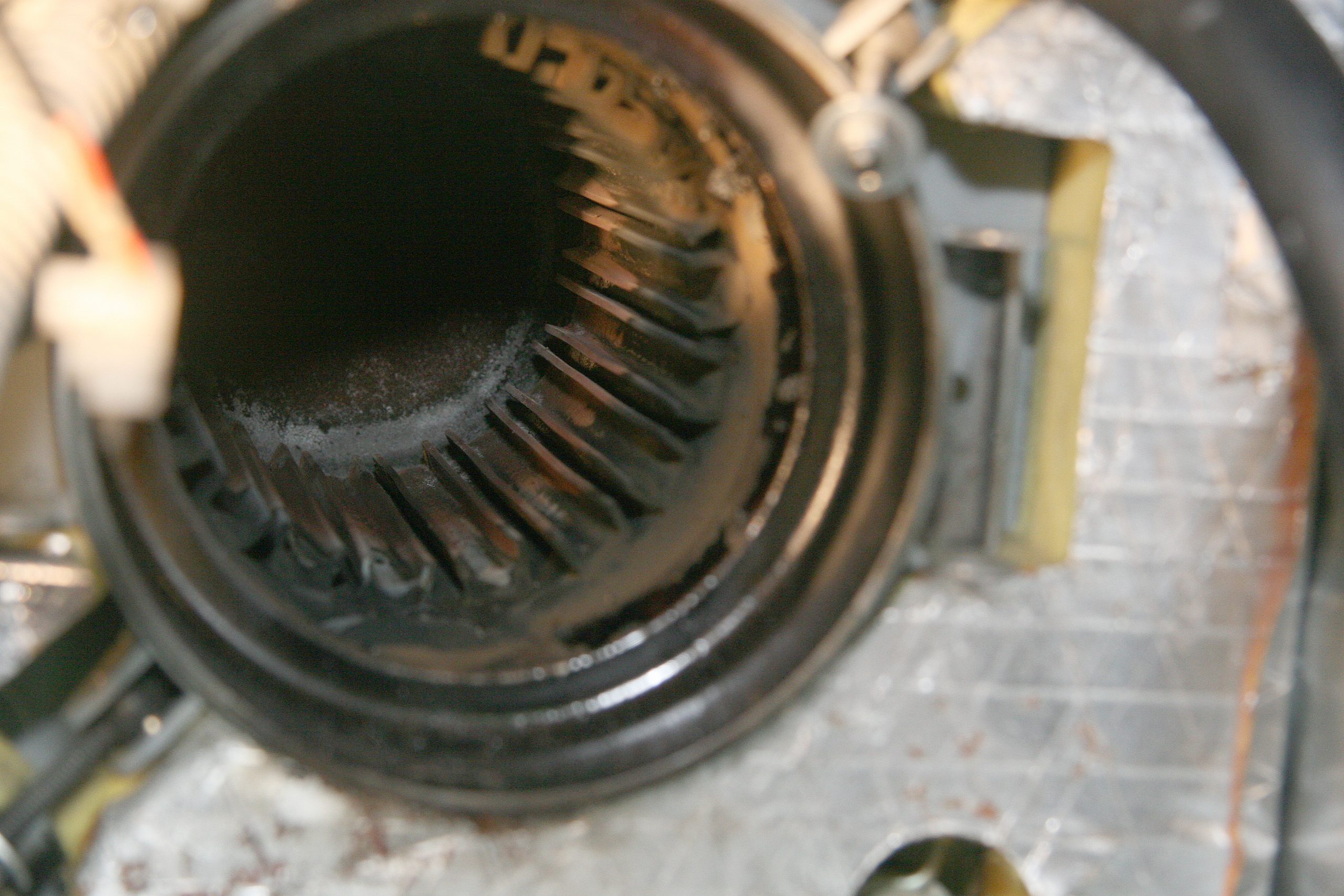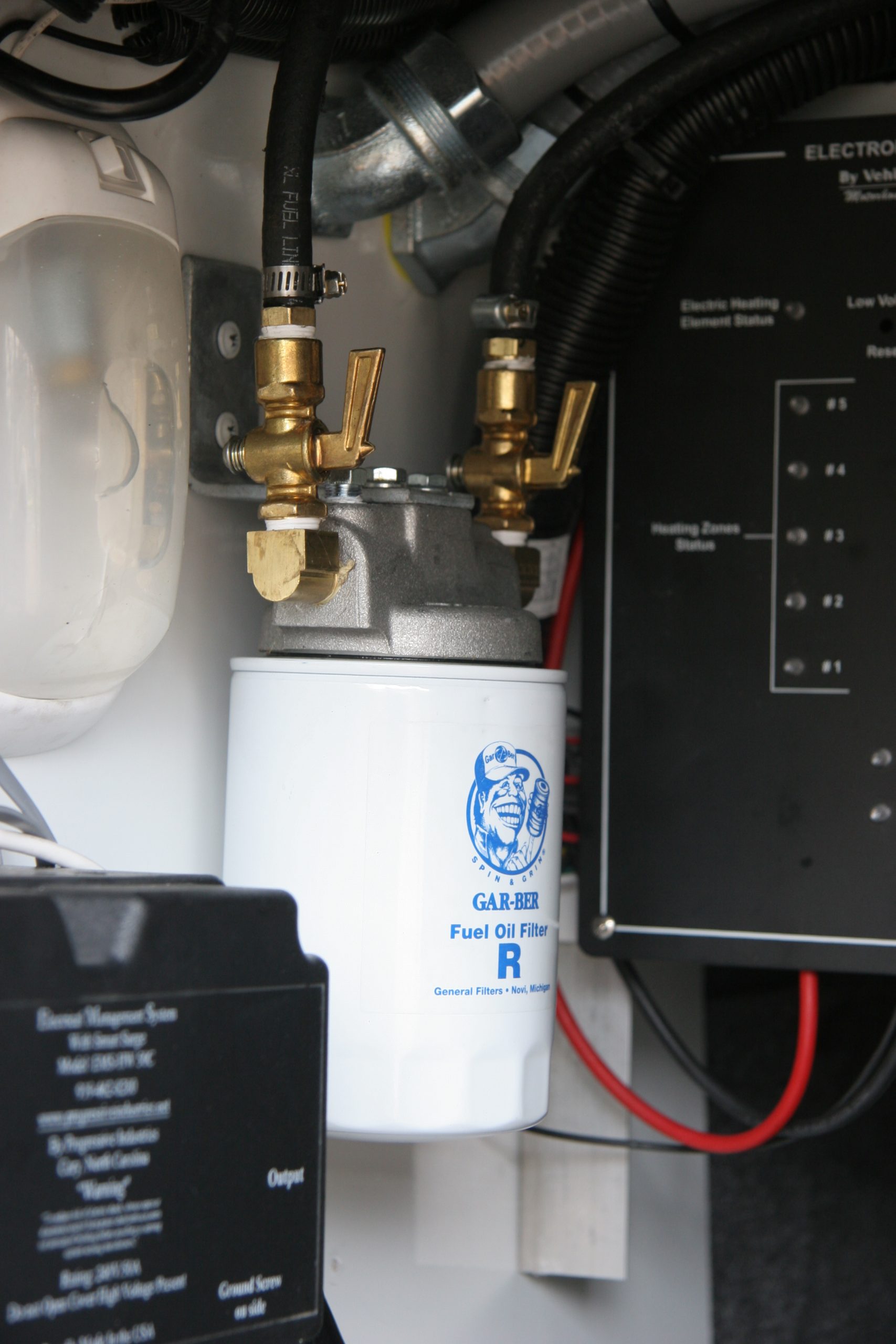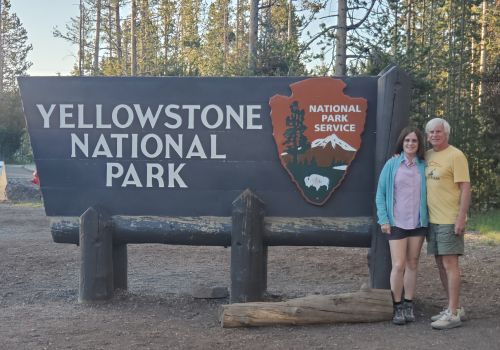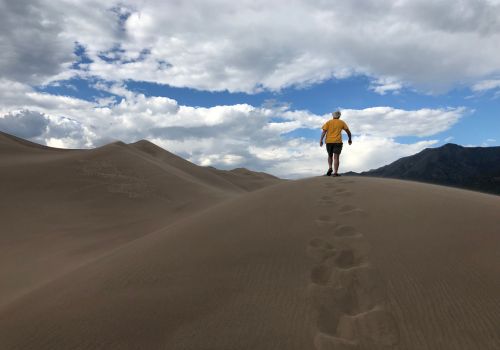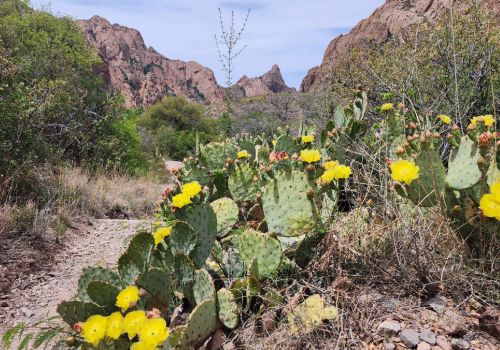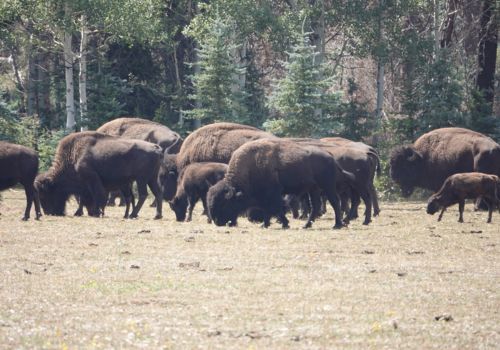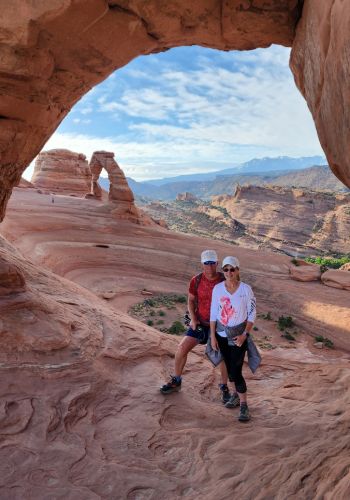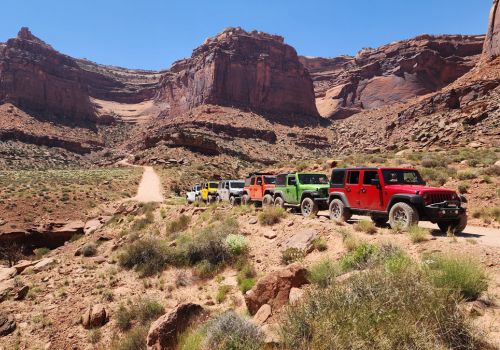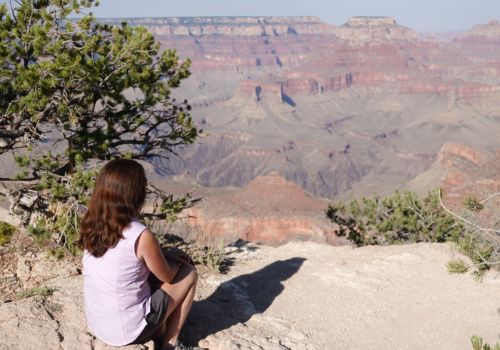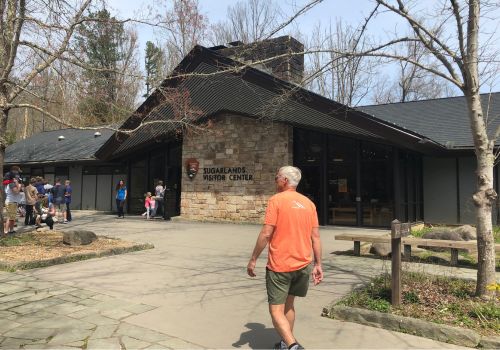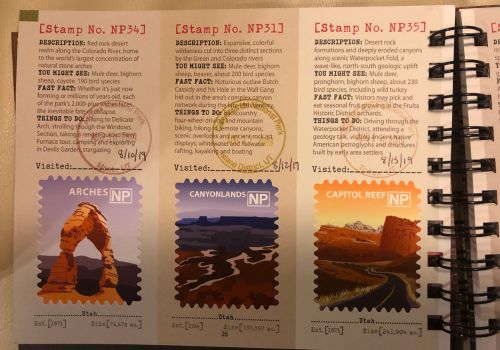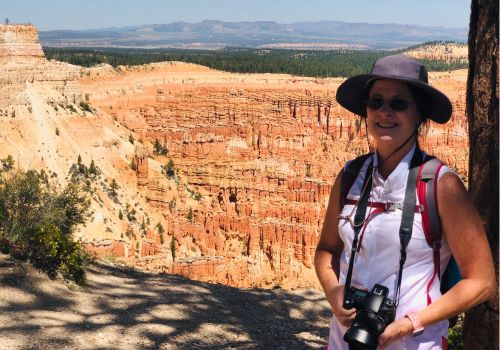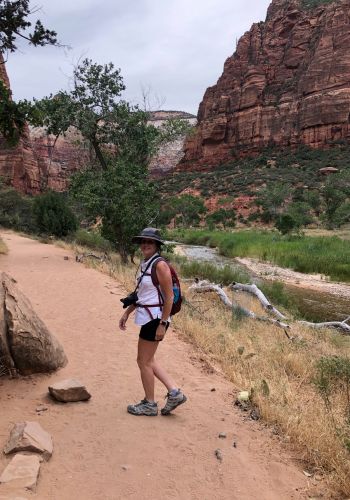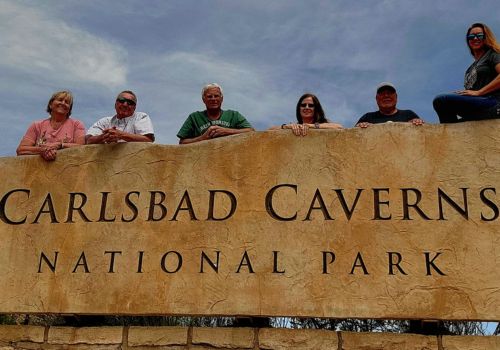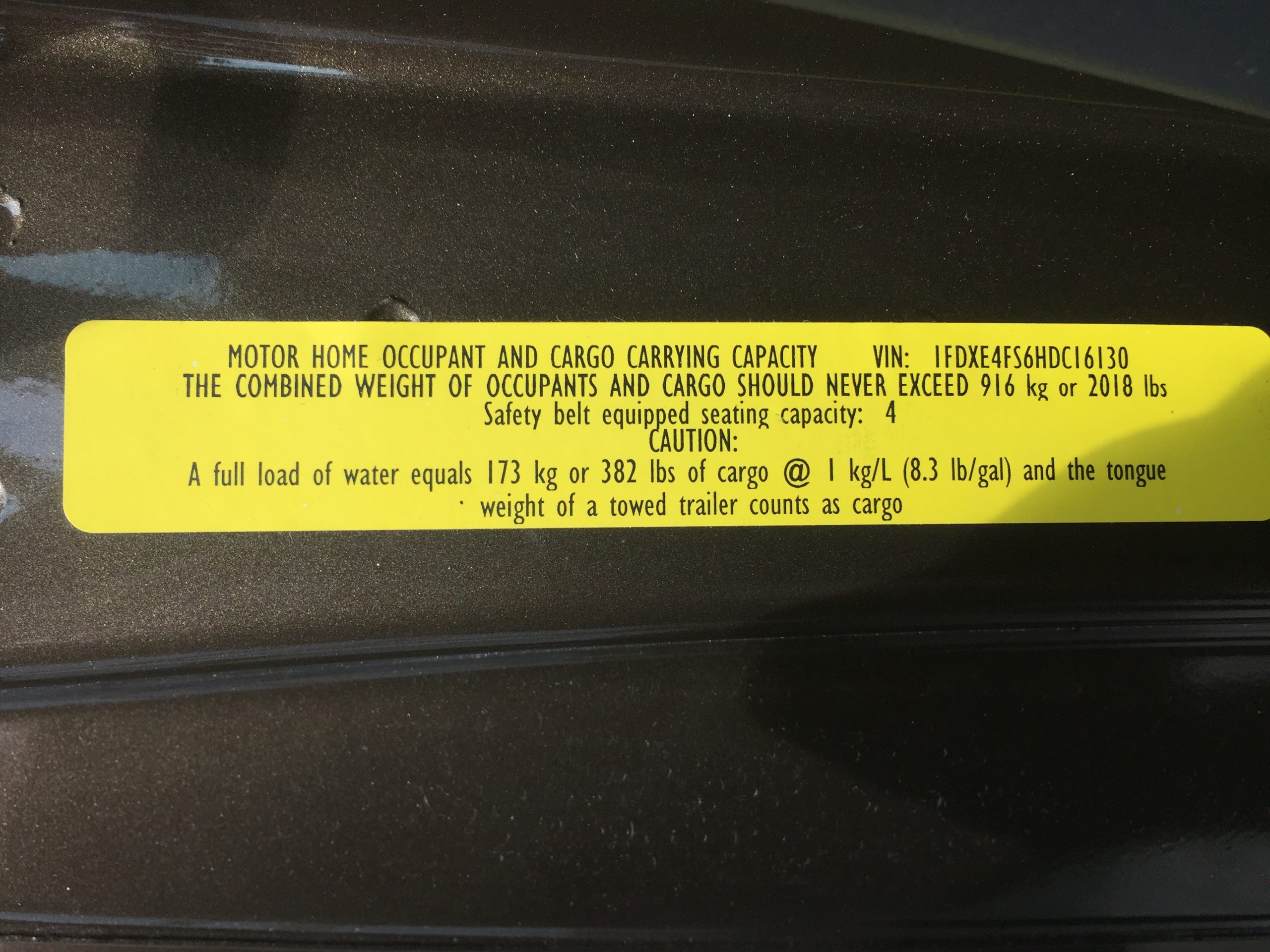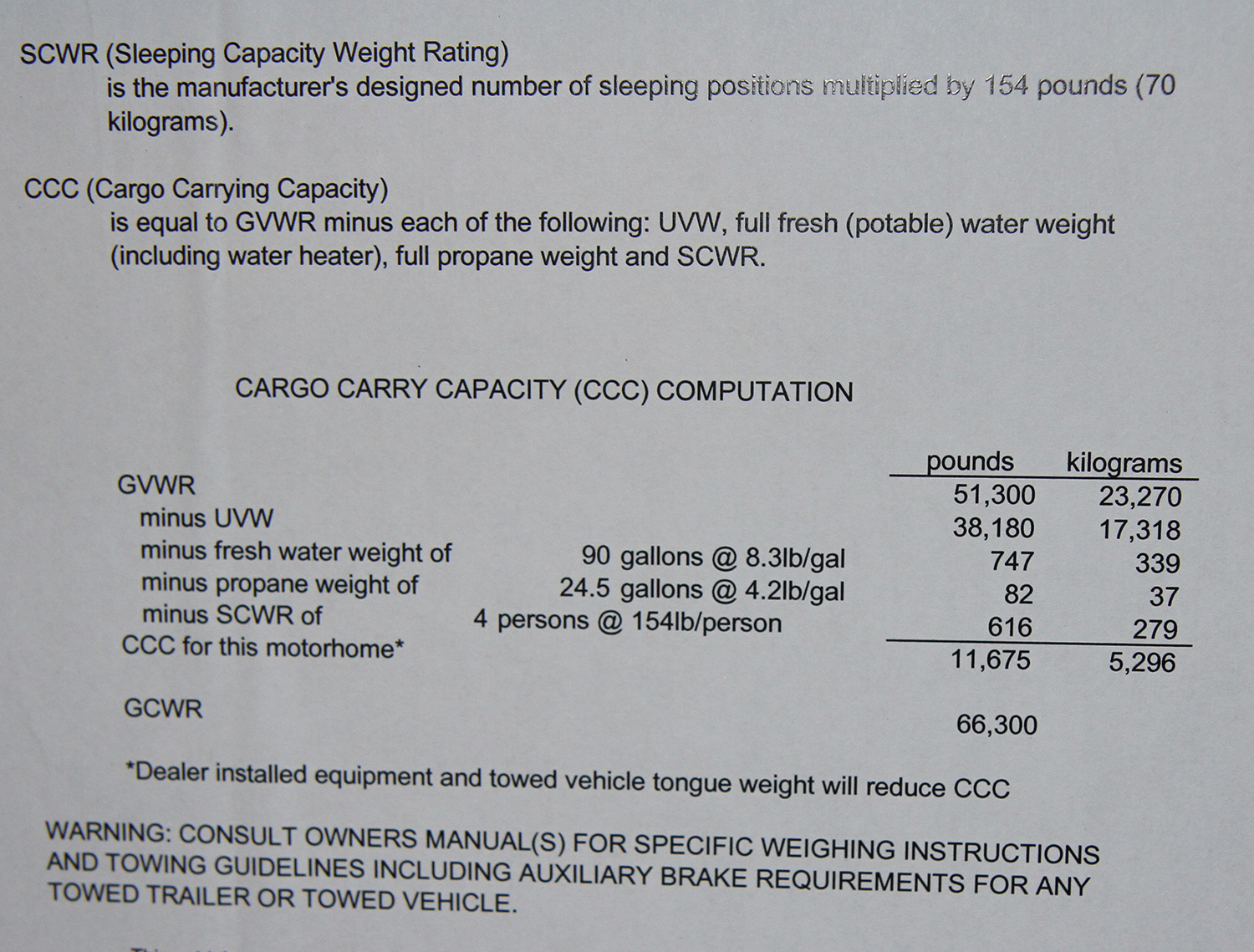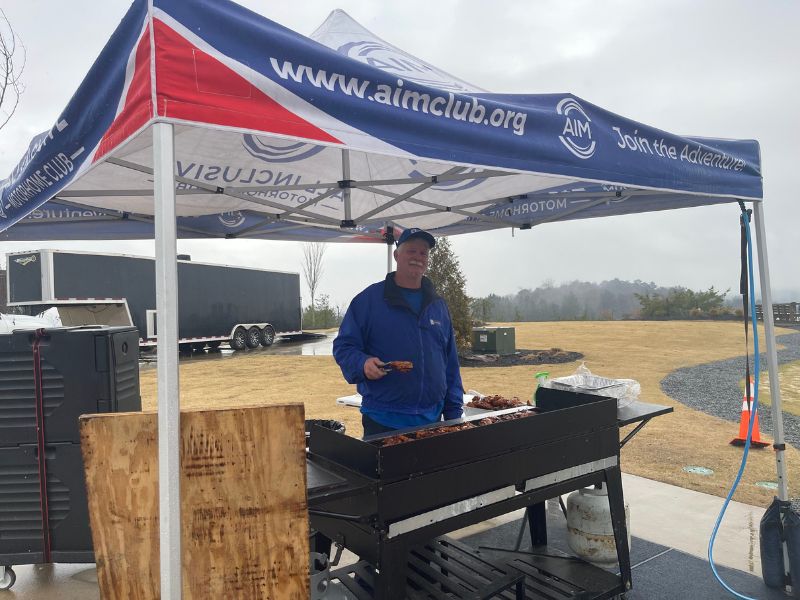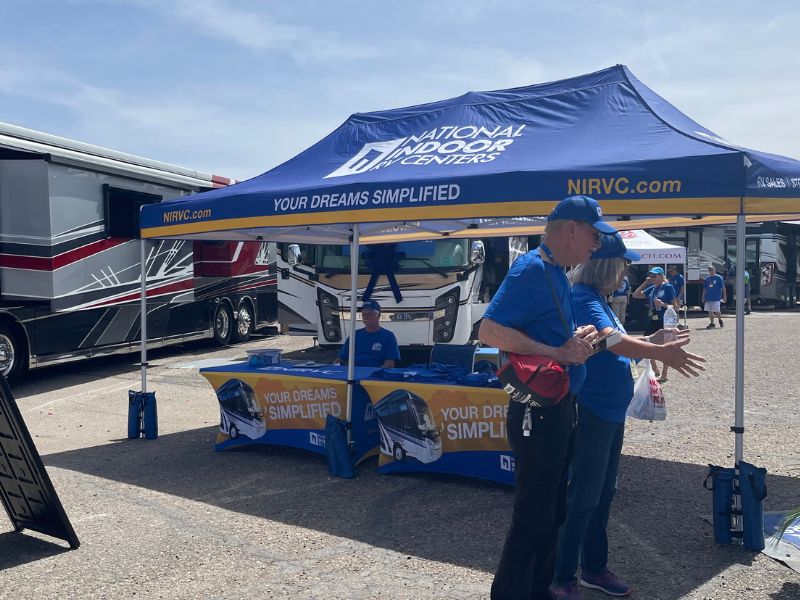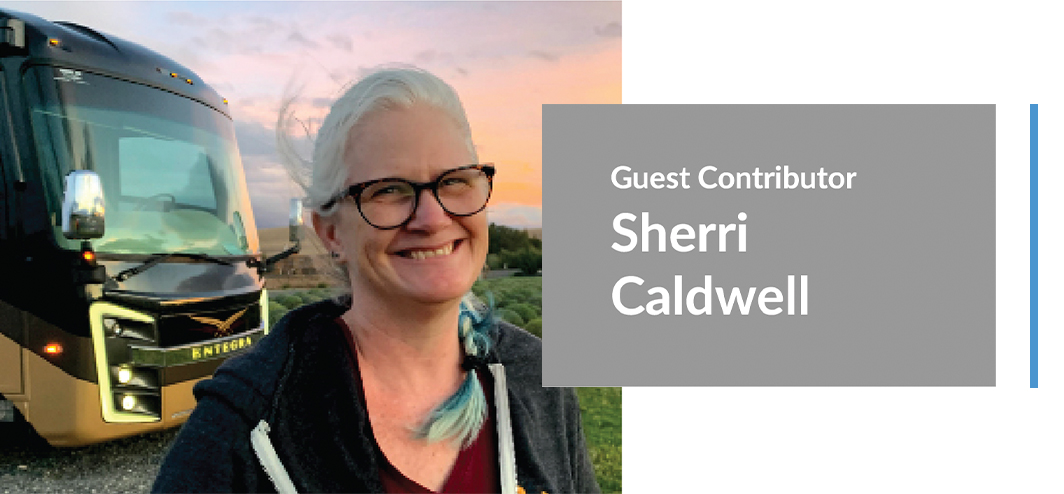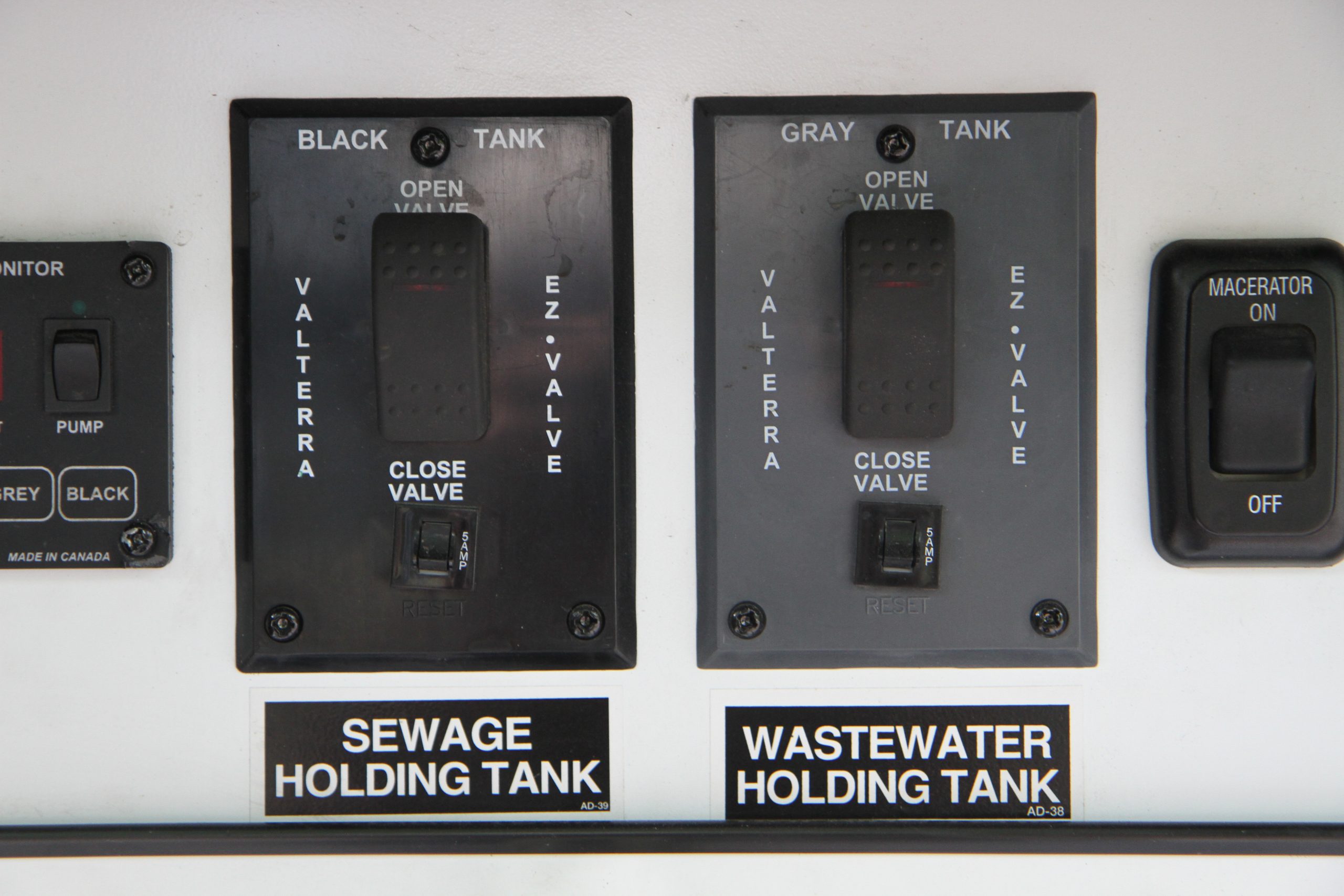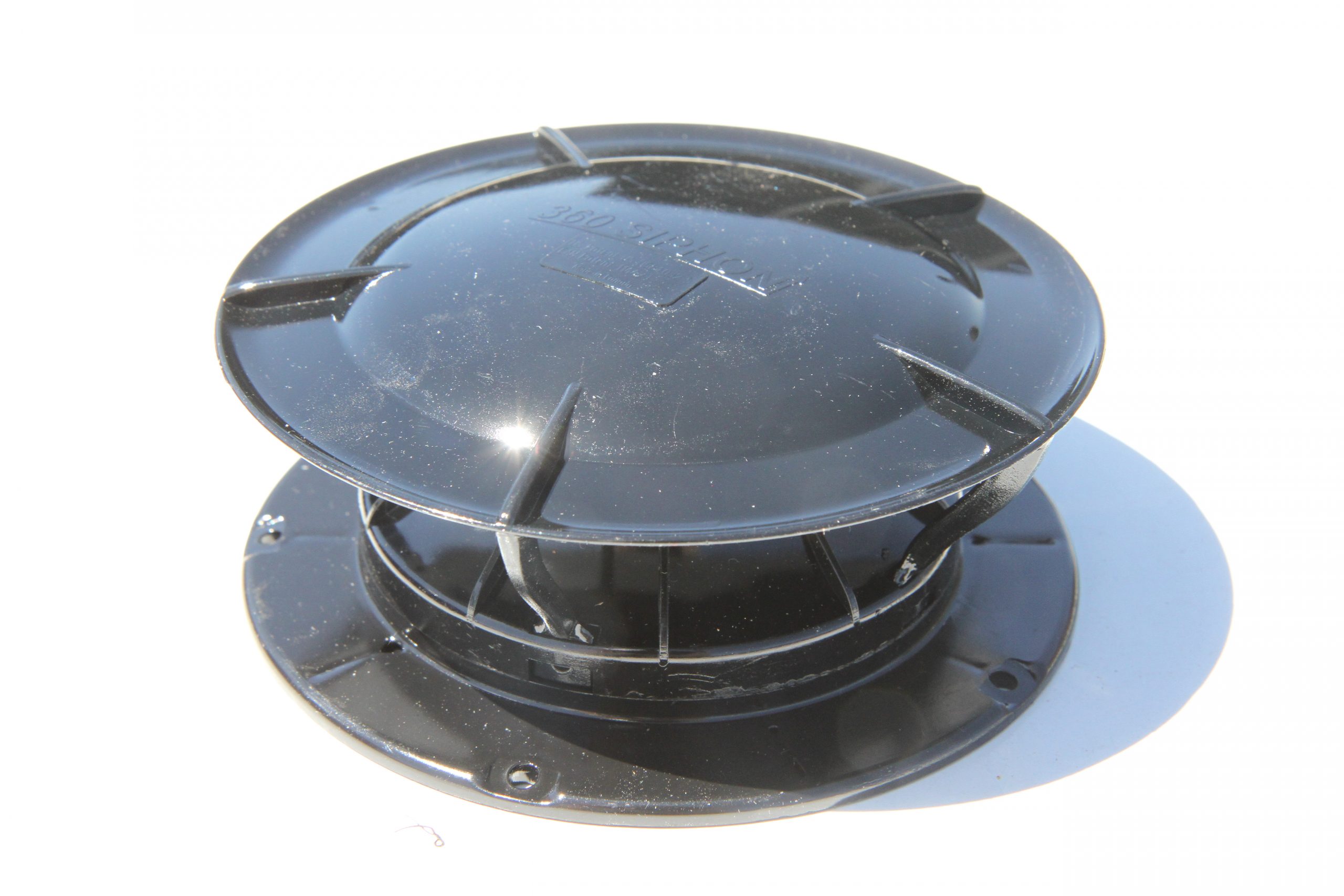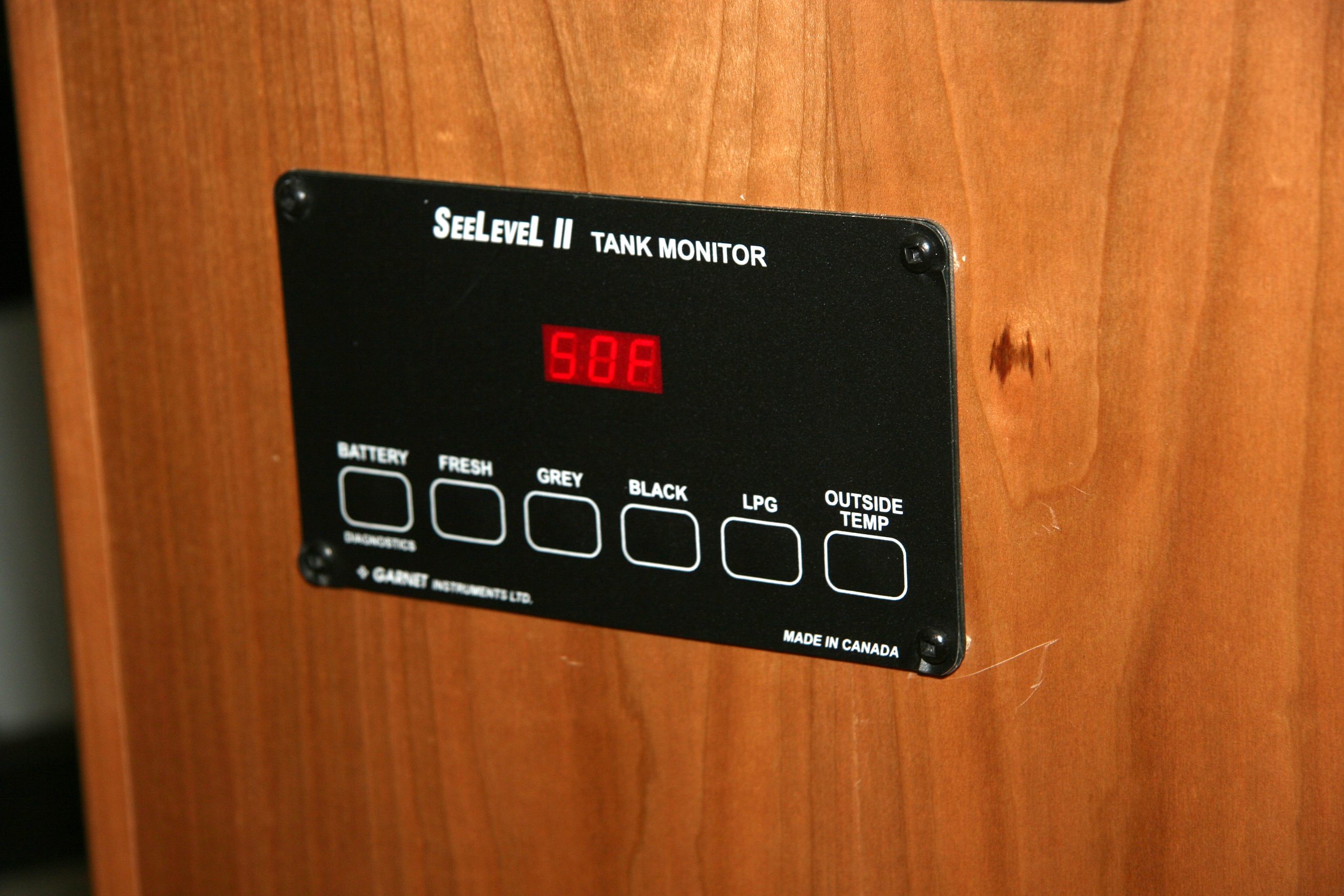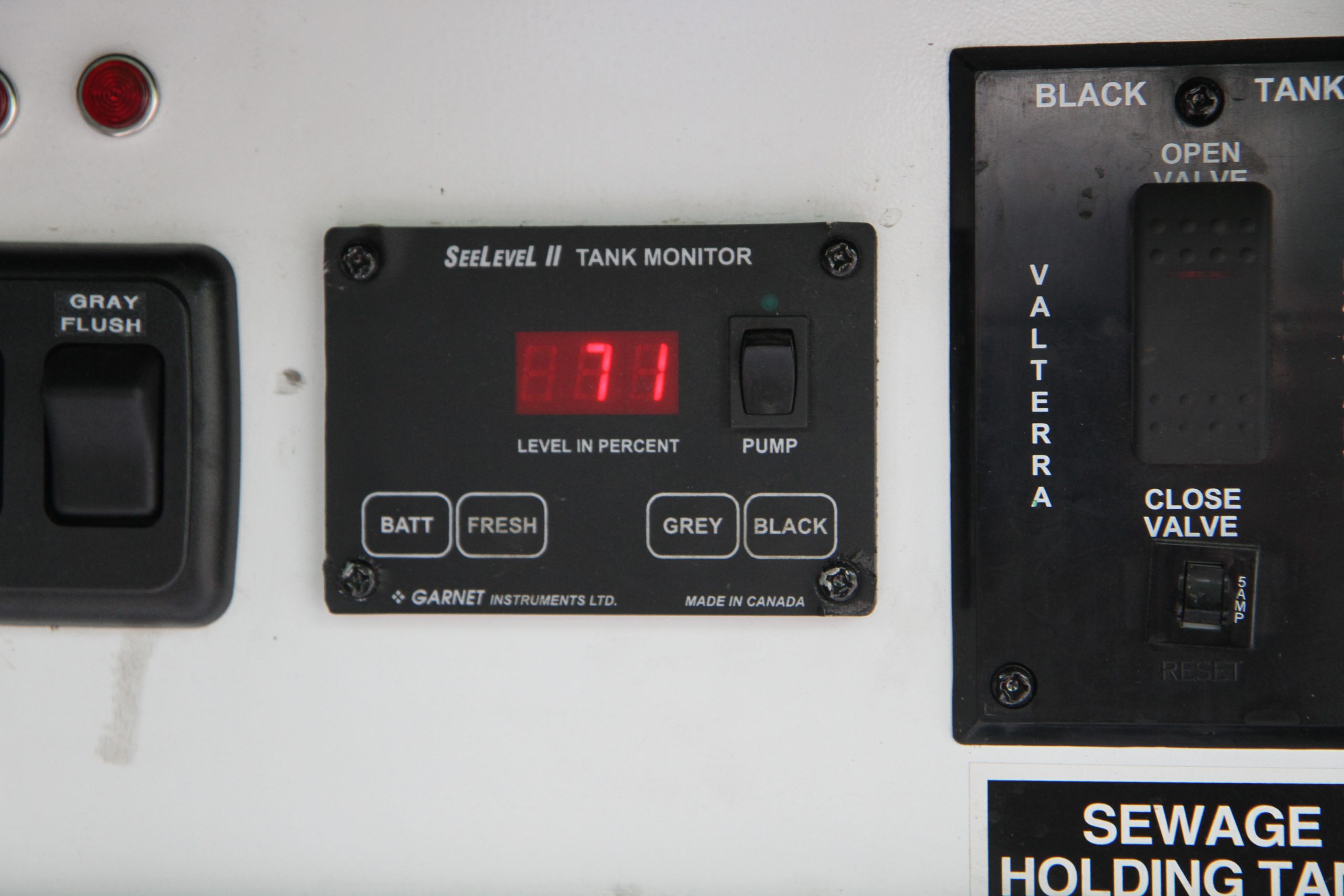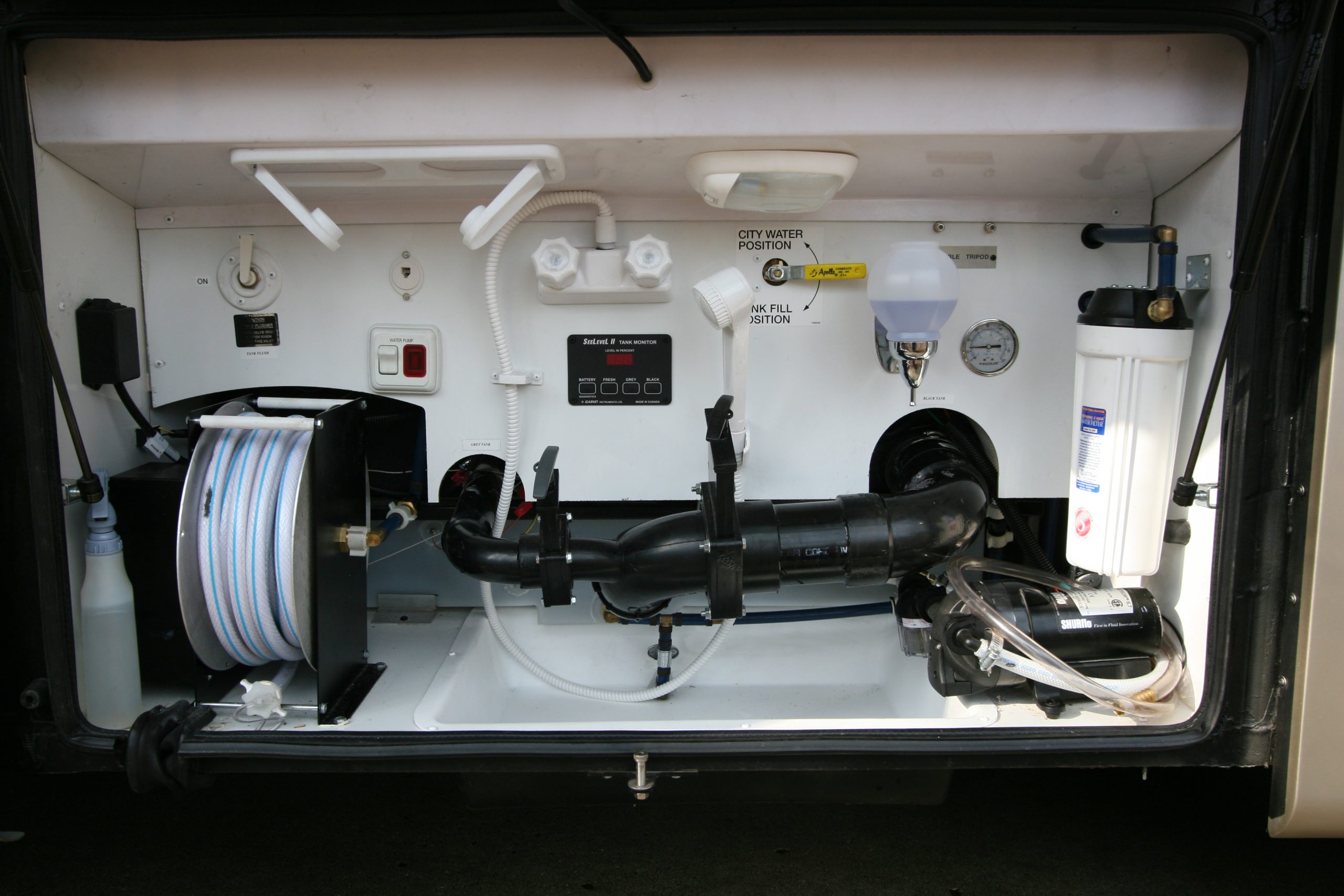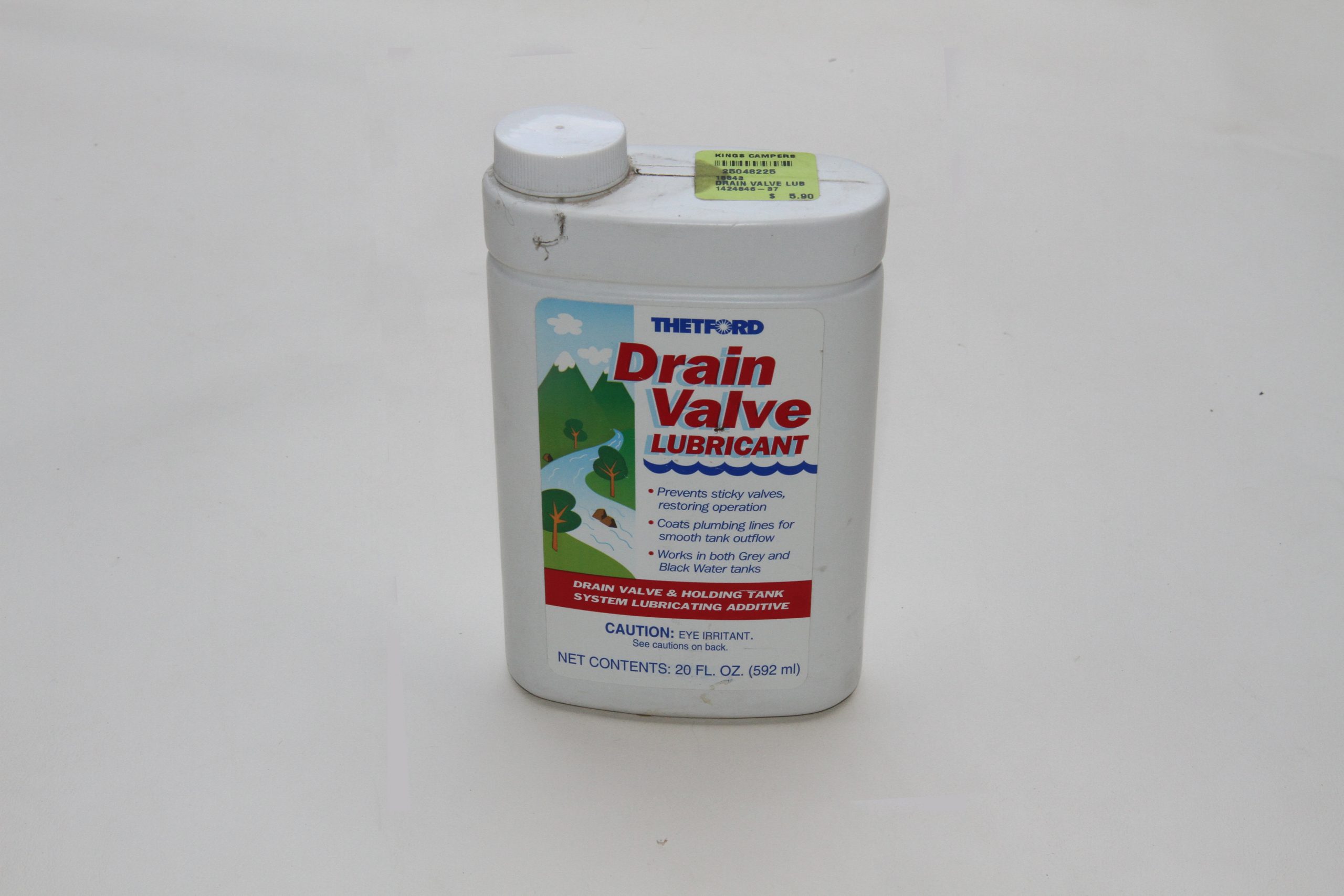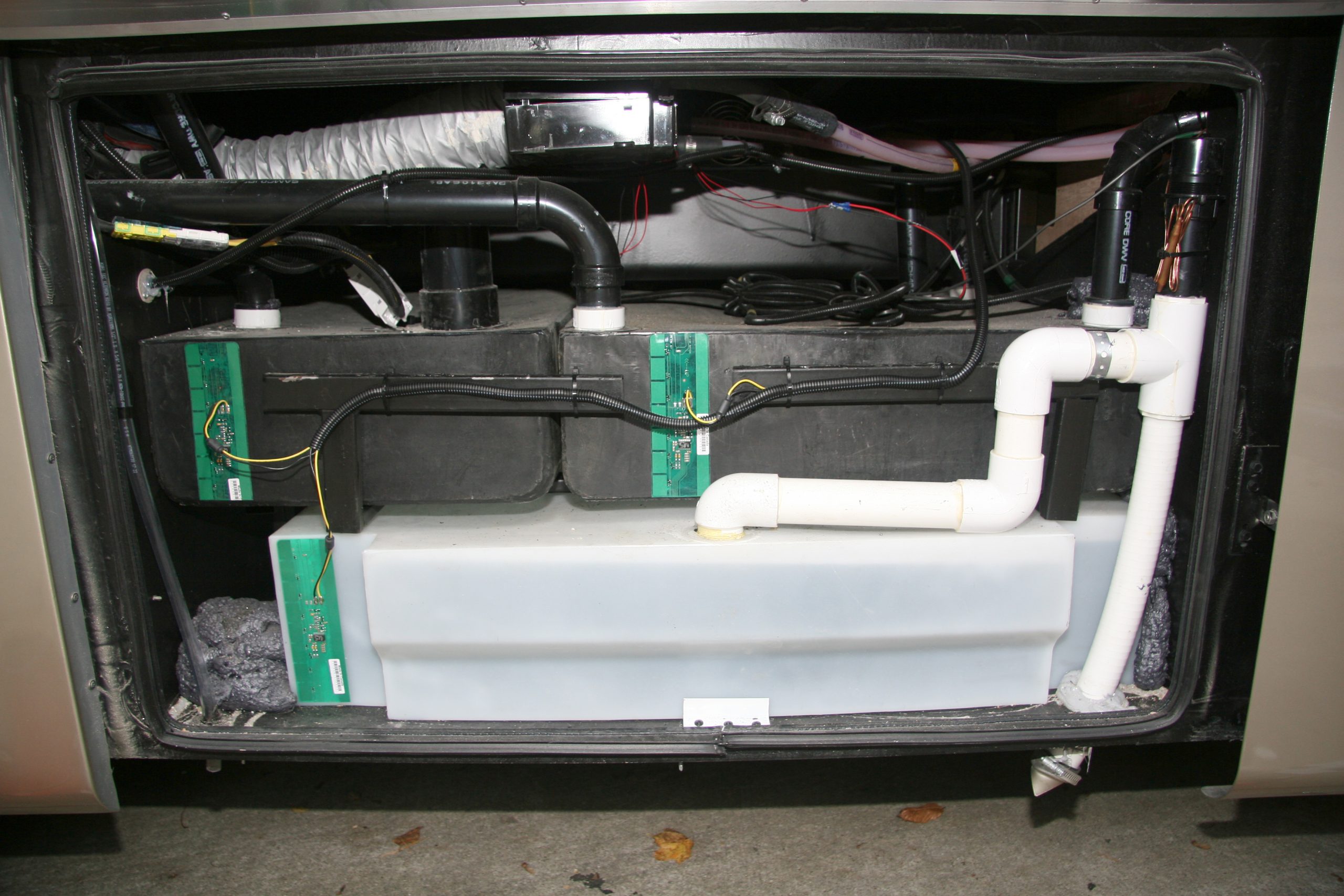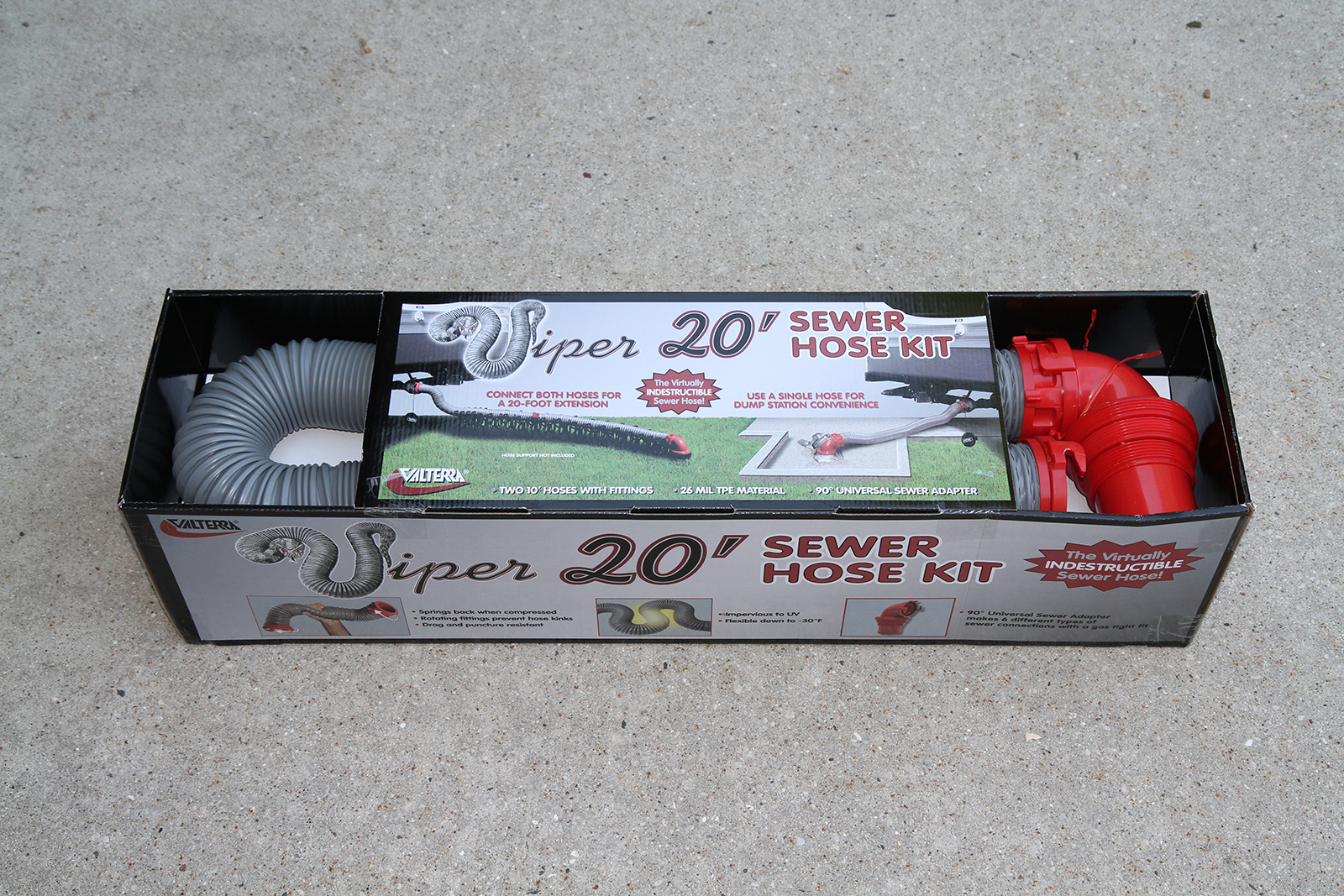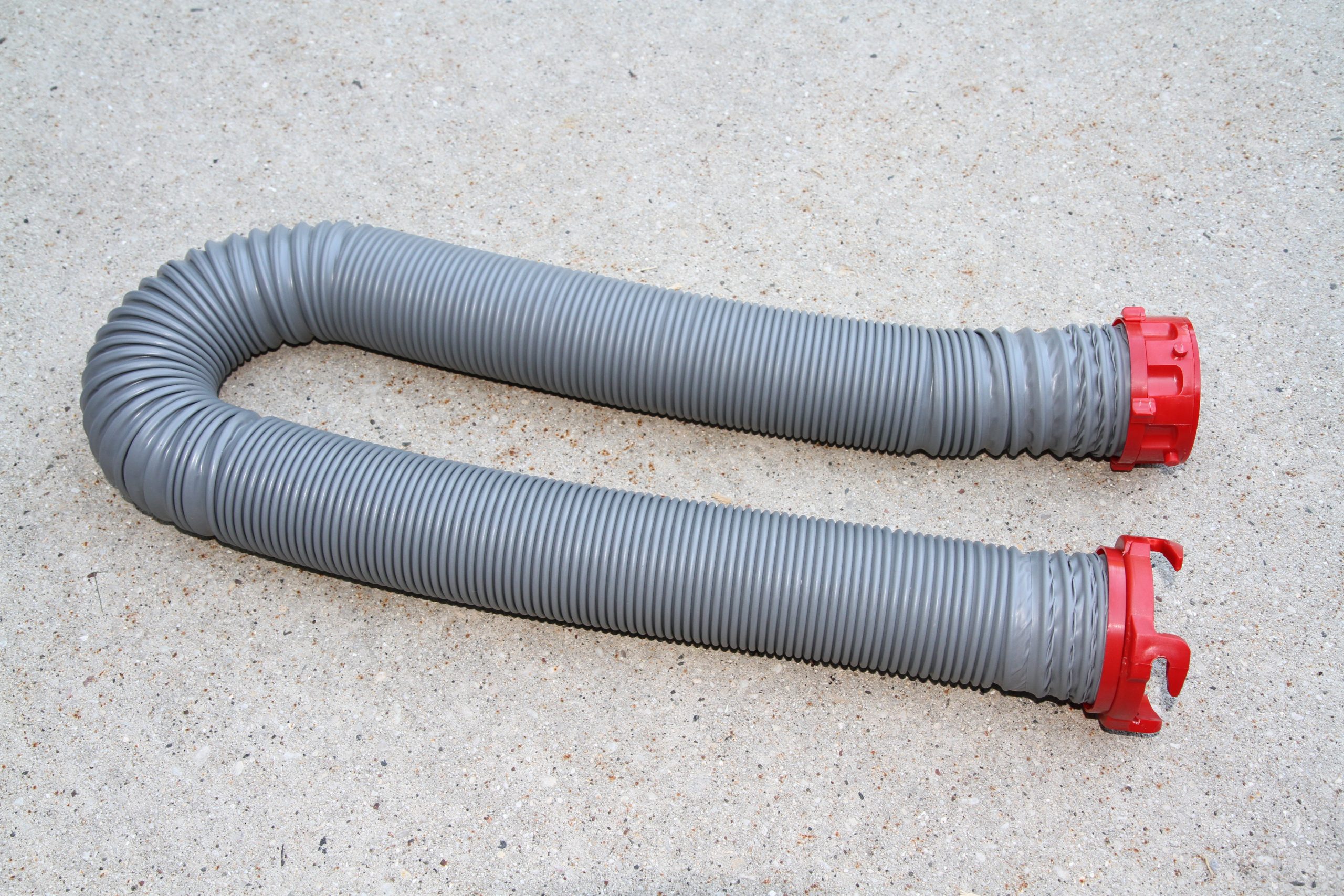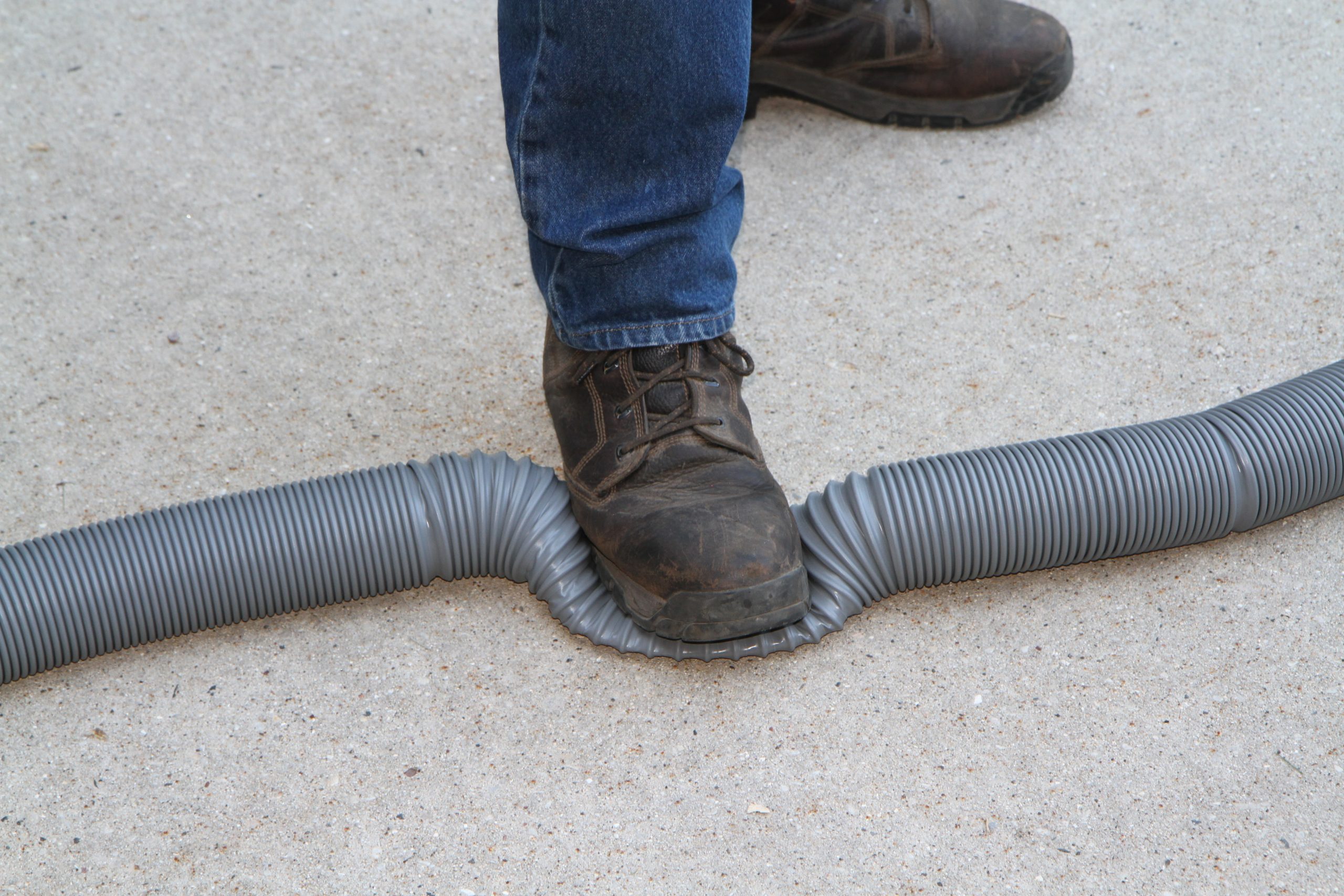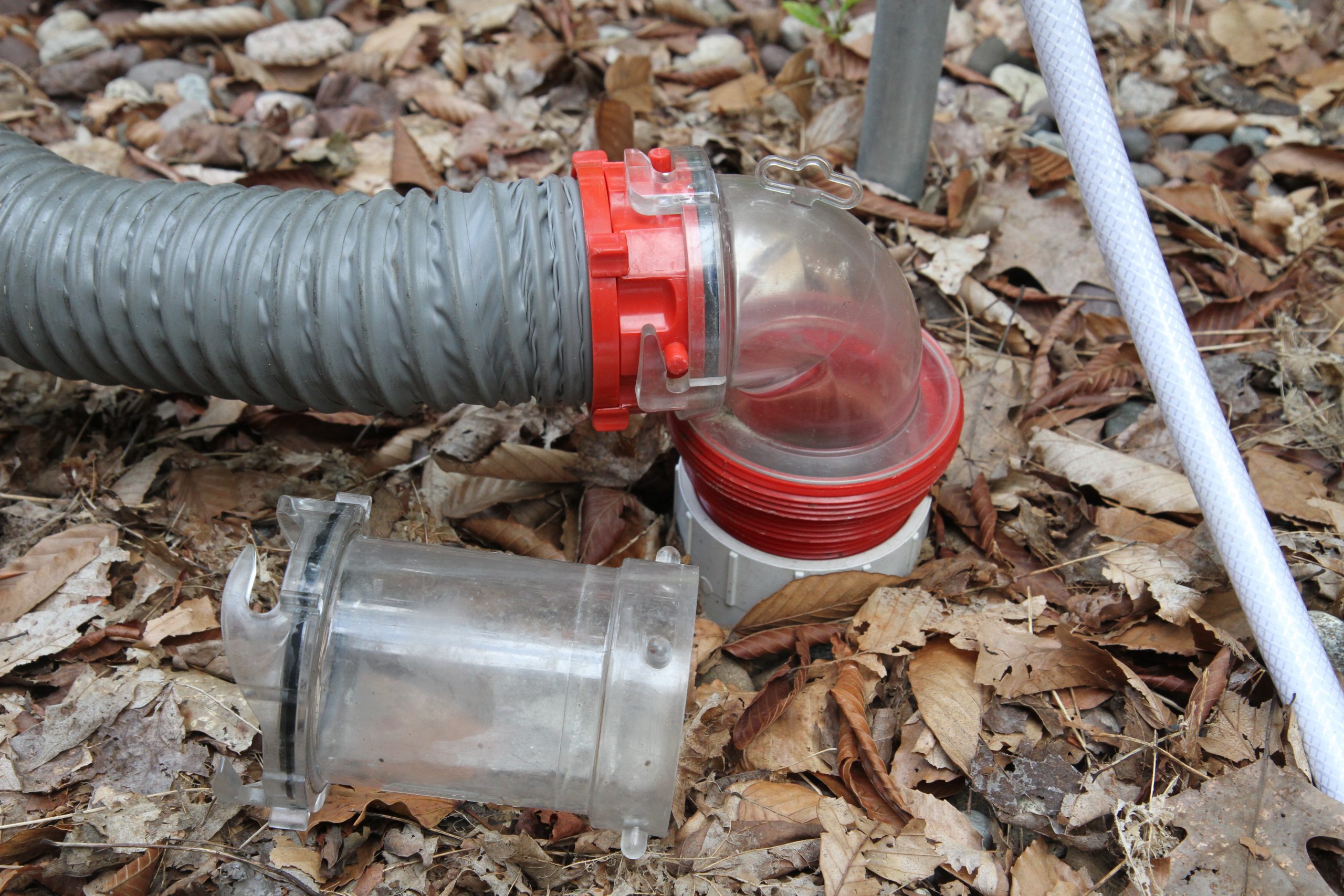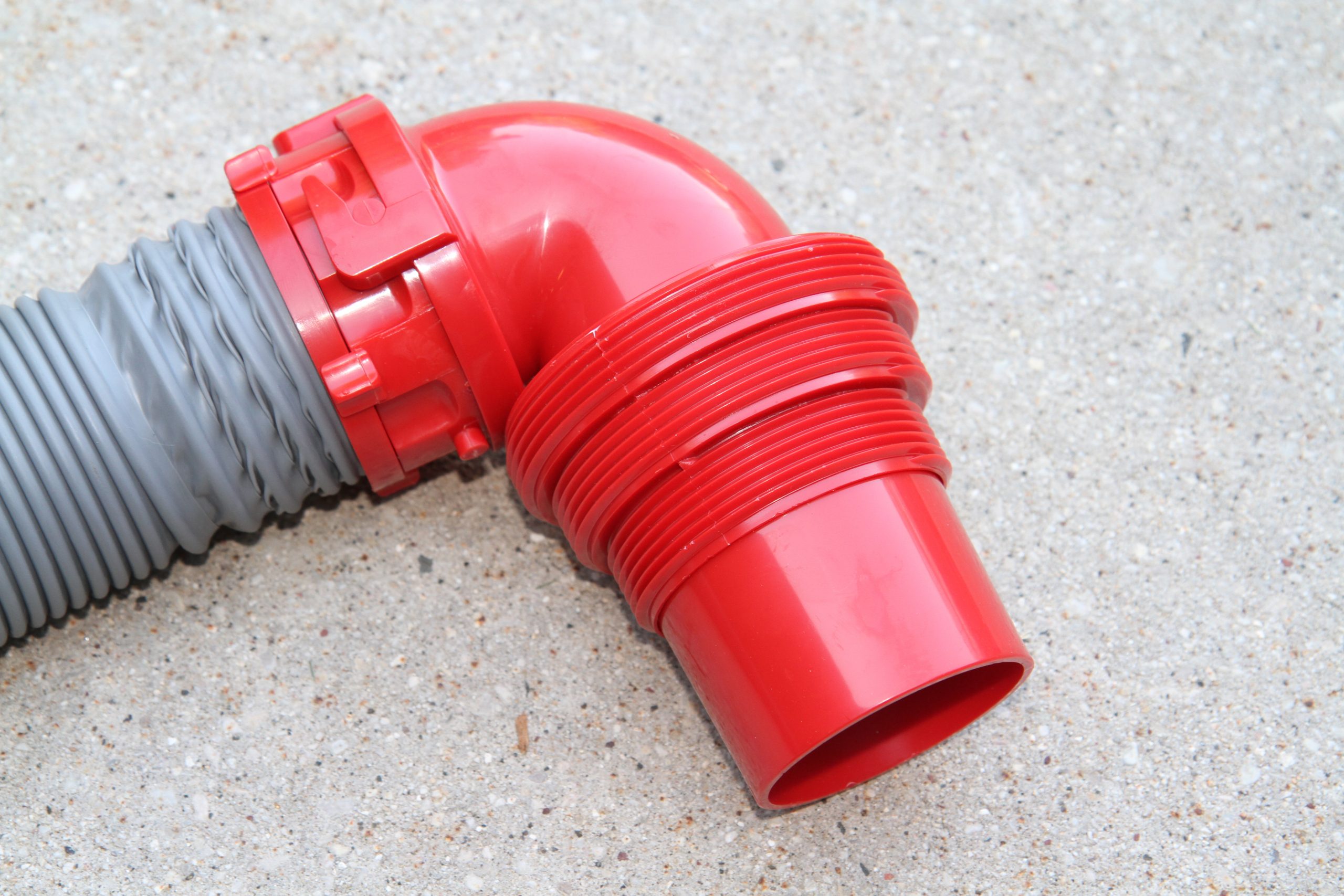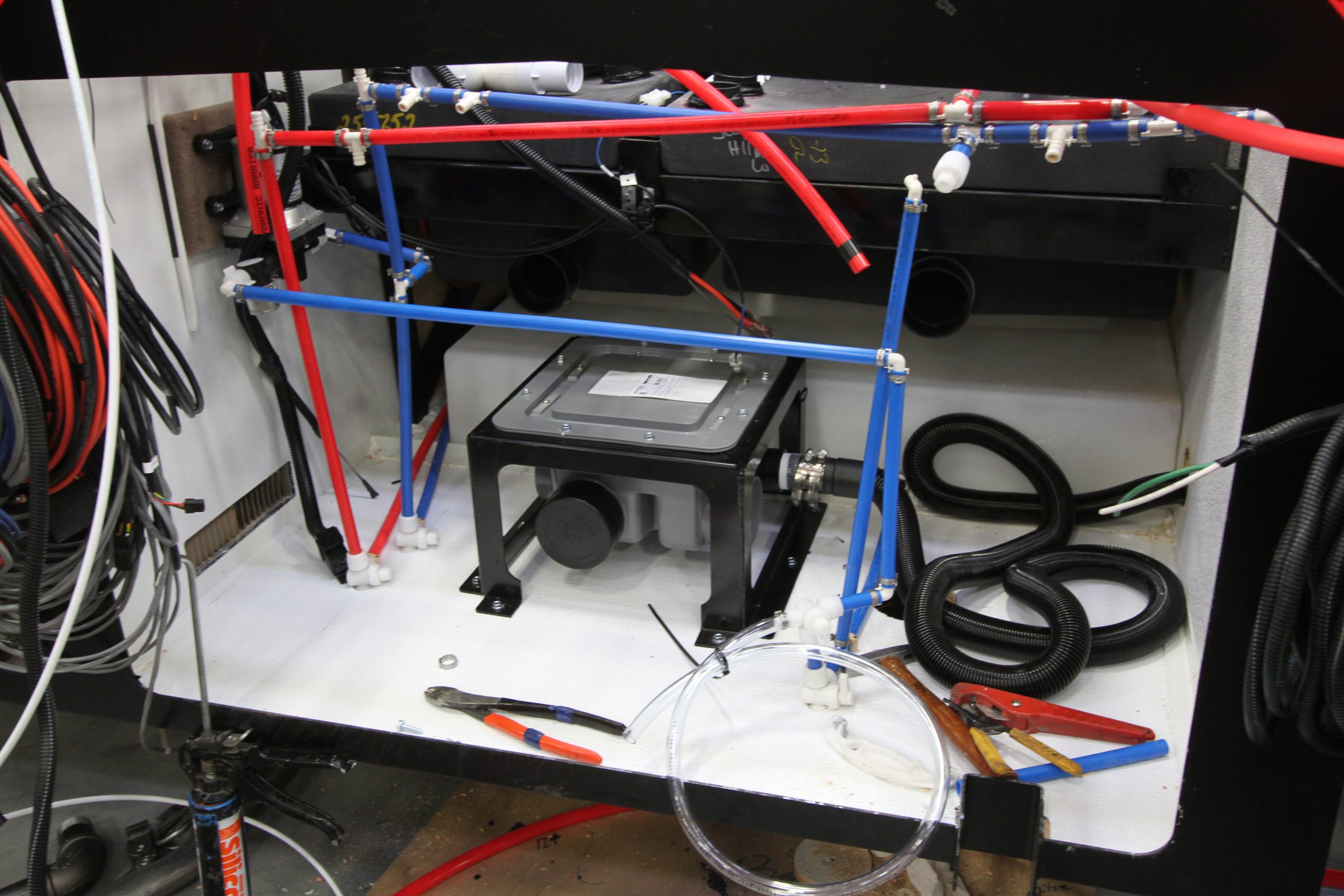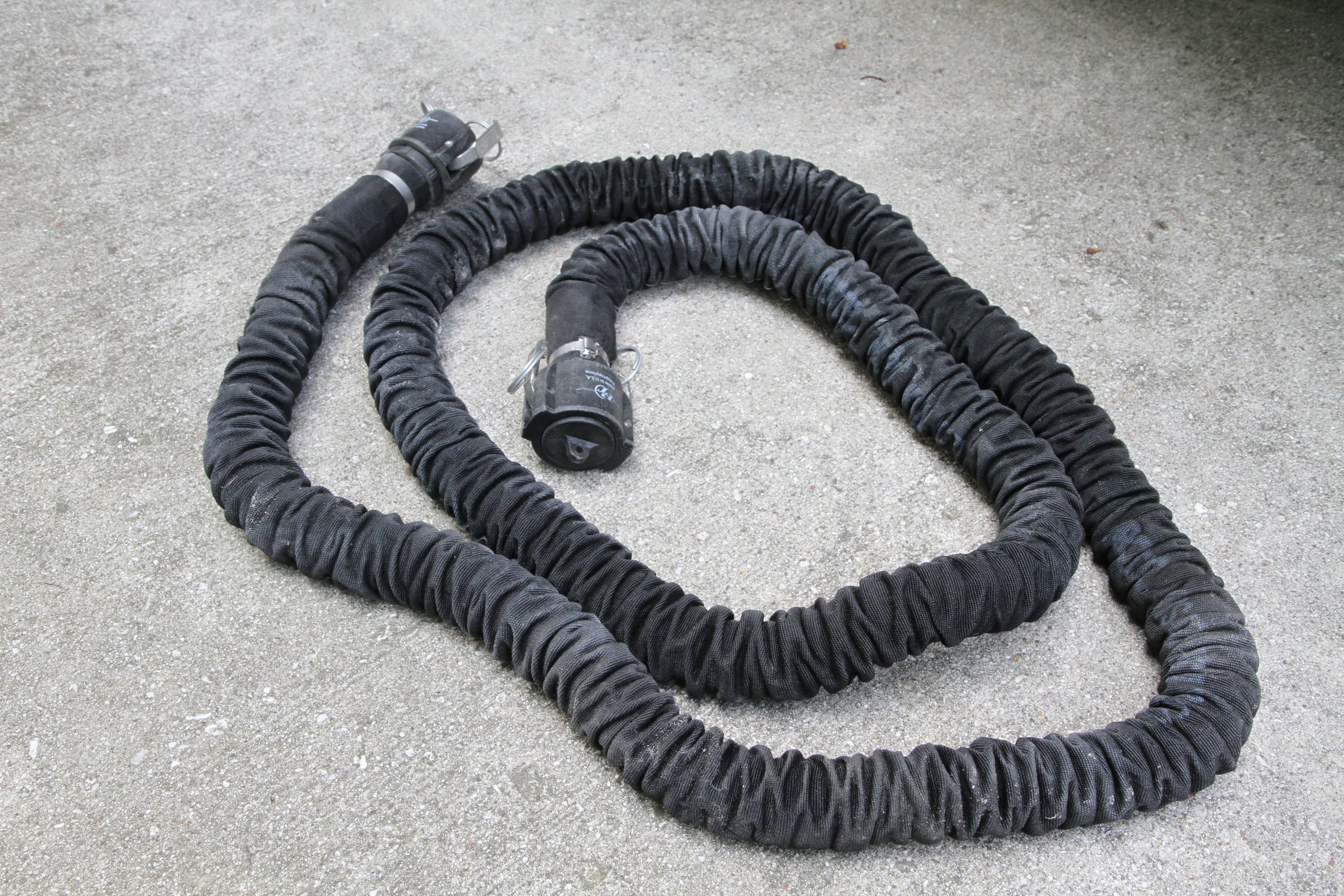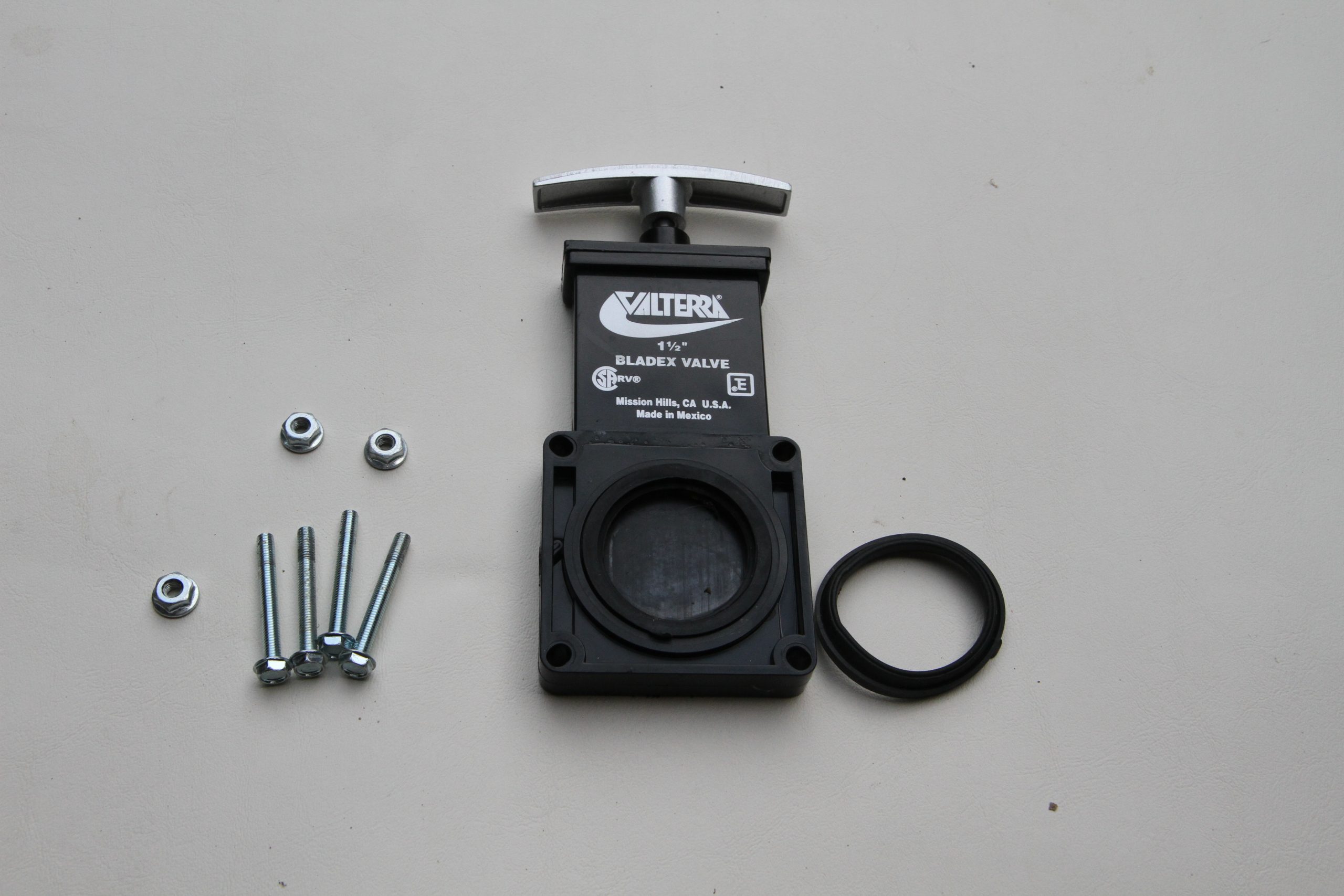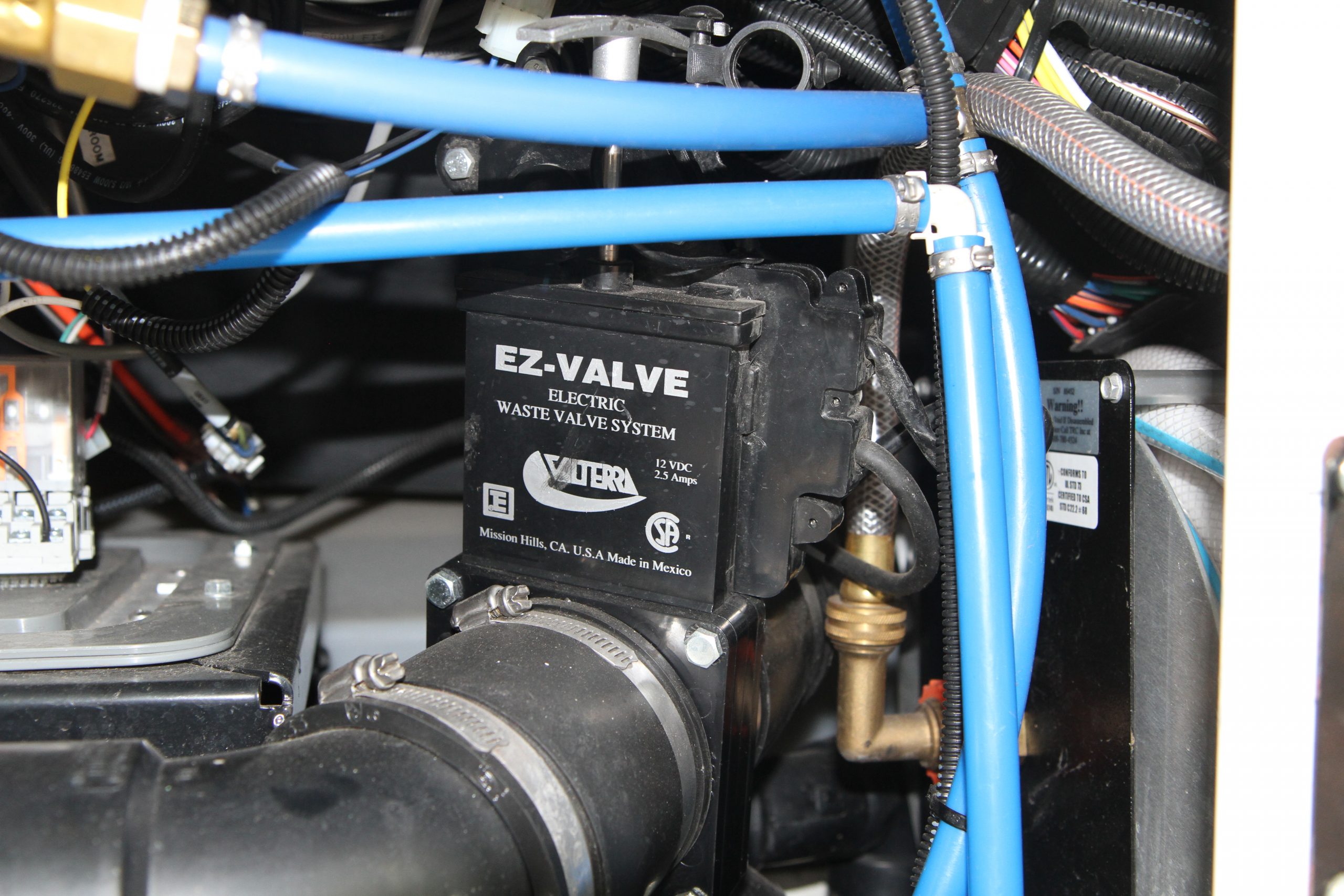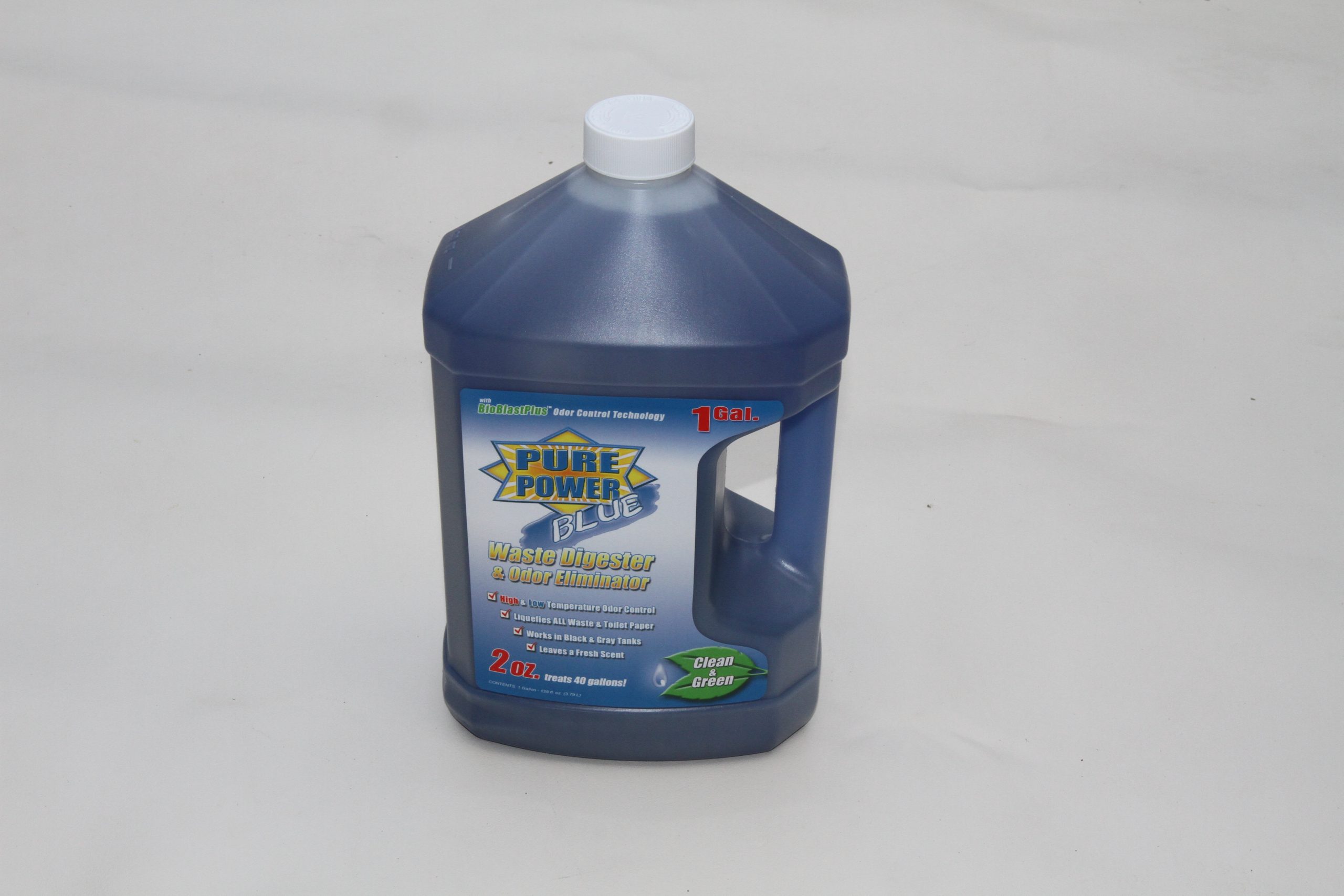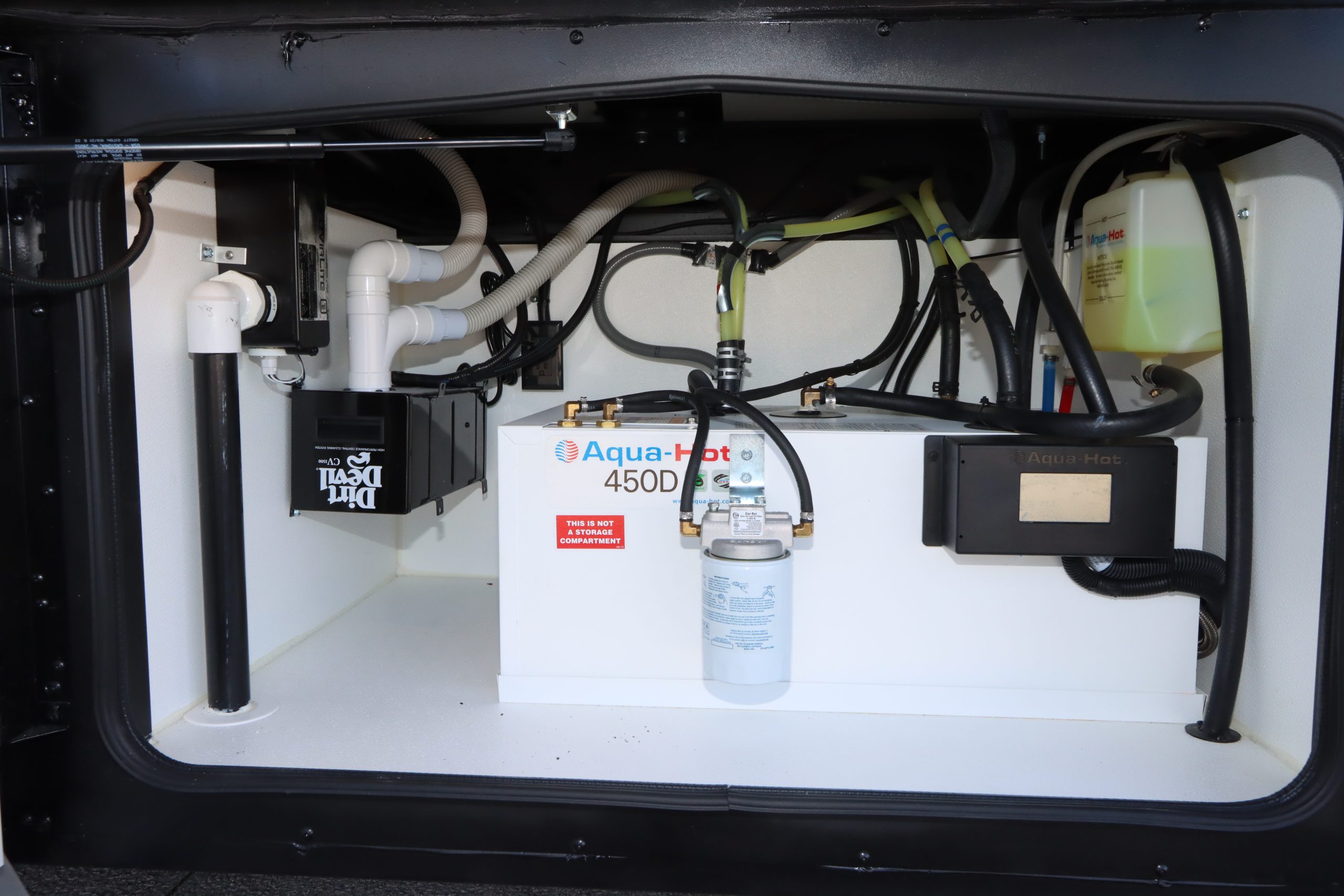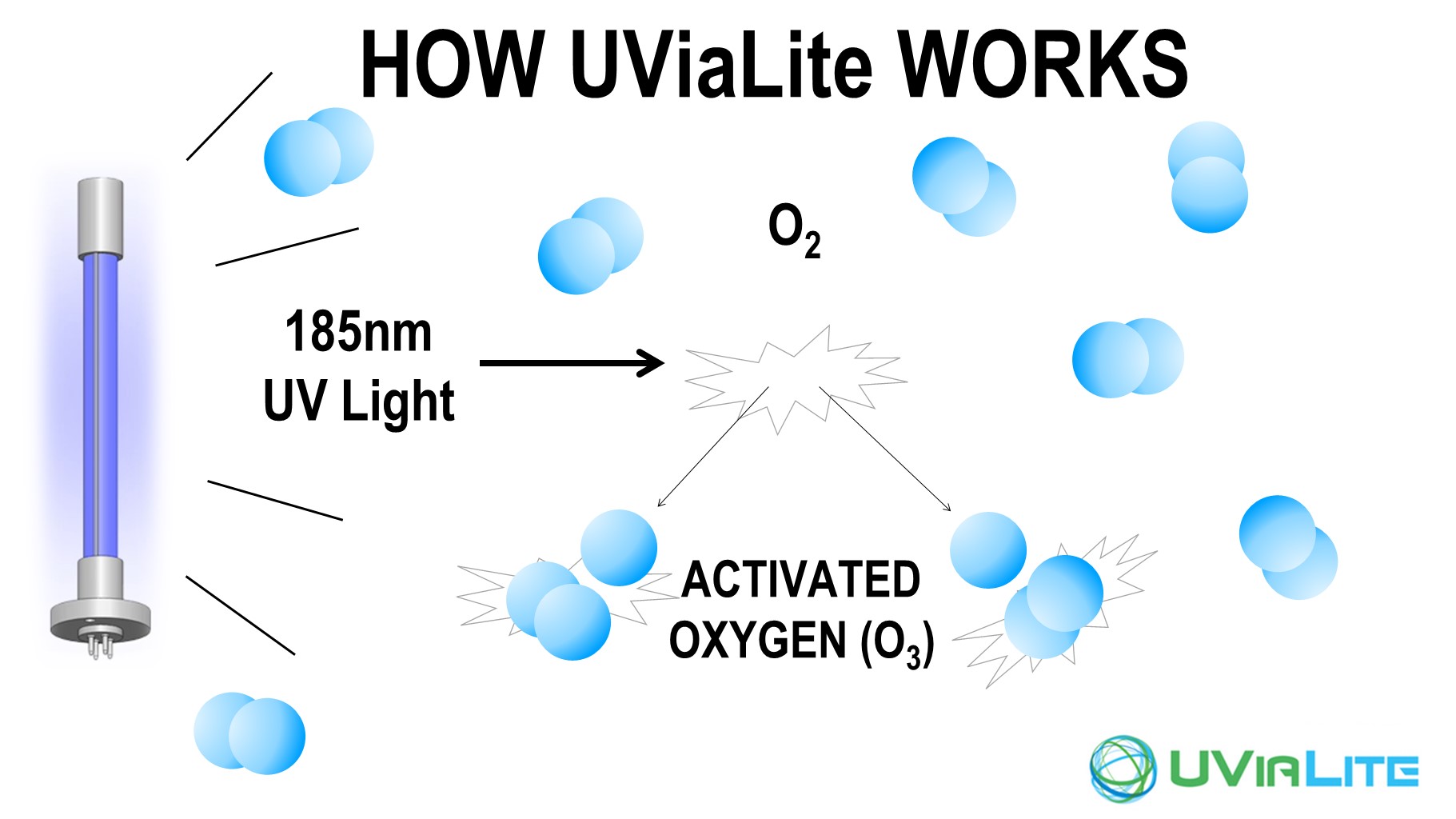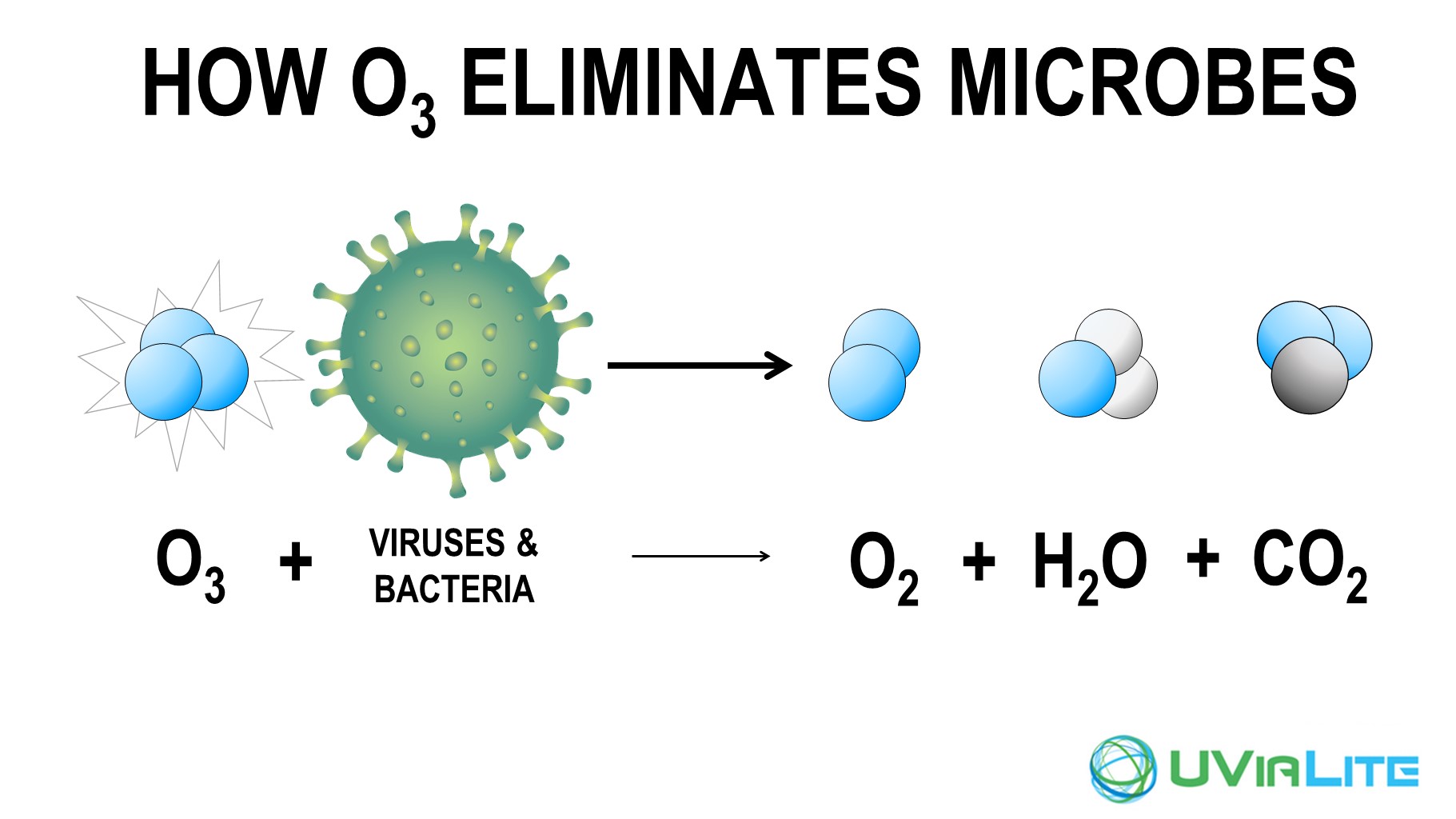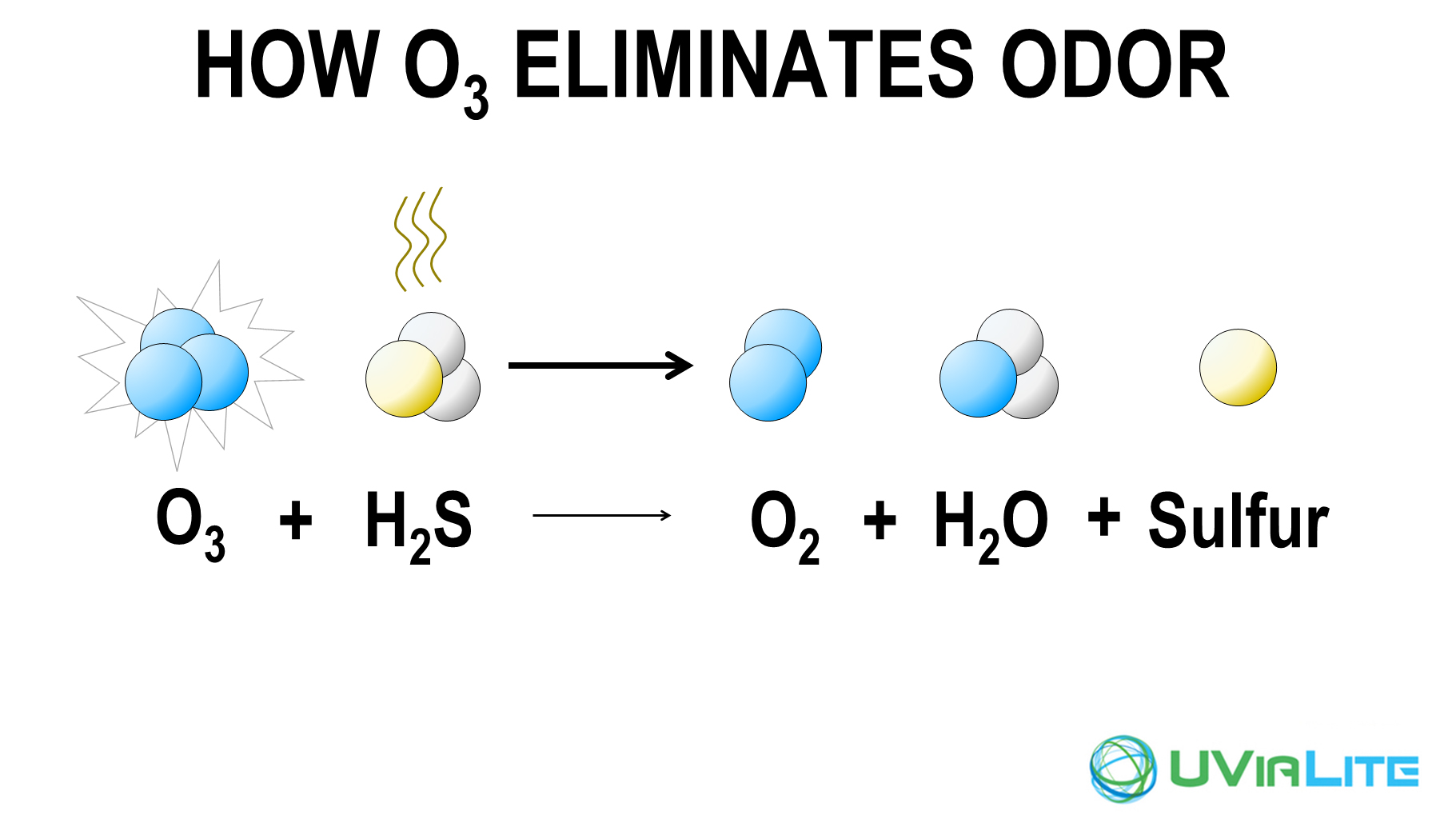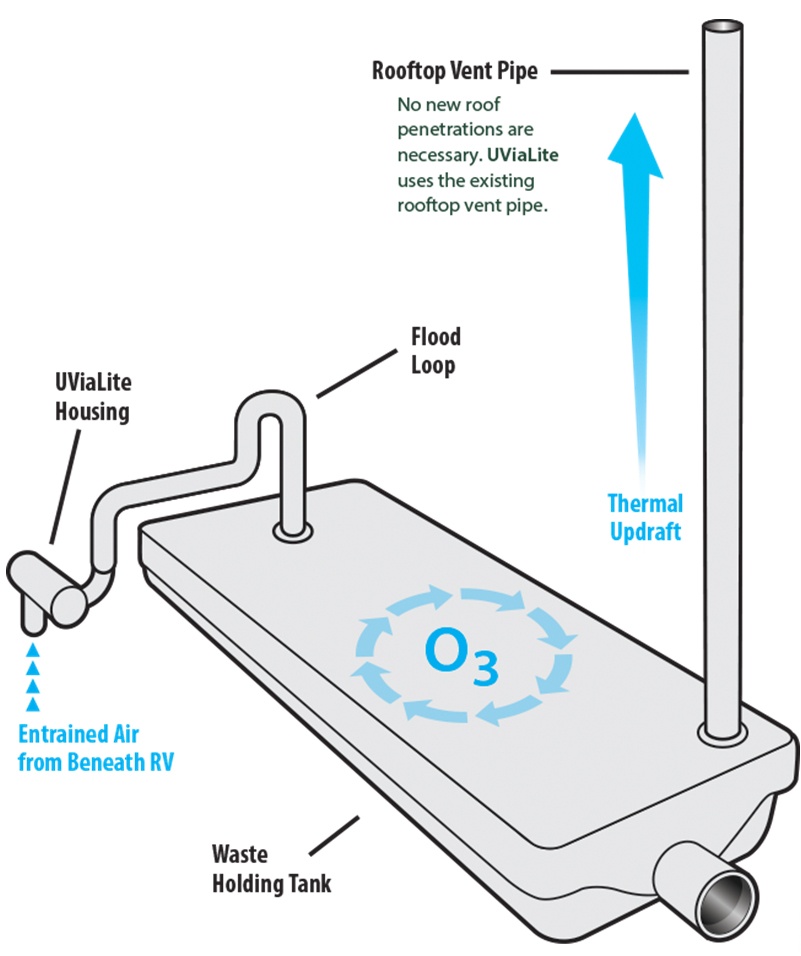Digital nomads are popping up everywhere thanks to digital technologies making it possible to work from almost anywhere in the world. What’s a digital nomad, you ask? A digital nomad is a traveler who doesn’t have one set location. They are constantly moving from place to place, all while earning an income. This lifestyle has become increasingly popular as companies become more lenient with their remote work policies and more people leaving the traditional 9-5 office environment.
Working from the road may seem glamorous and easy, but there are several factors to take into account to make it possible.
The Benefits of Working from the Road vs At Home
While your internet connection may be a little unstable as you move around, your mental health may be strengthened. One of the biggest benefits of working from the road is having the ability to earn a living in beautiful places. This means you can take a quick hike on your lunch break instead of venturing to the office community kitchen where Cheryl just heated up fish from the night before.
Have Multiple Internet Sources
Because having an internet connection is crucial for my job, I have utilized a company called Internet On the Go to help me stay online. This particular resource allows me to have 2 different internet sources and has saved me in a few sticky situations.
For instance, their device called the Duo made by Pepwave is a smallish, heavy duty, metal cased router that, in my humble opinion, puts all other WiFi gadgets to shame. It comes pre-programed and pre-loaded with SIM cards for both Verizon and T-Mobile, with no tie in whatsoever to my existing cellular services. This means I don’t have to worry about anything interfering with my current cellular plan, which I love. The plan is a month-to-month giving me ultimate flexibility to turn service on and off as needed. This coupled with the fact the monthly fee’s come with plenty of data, 300GB per SIM card for a total of 600GB of non-throttle-back data. I also use the app Outly at least once a week to make sure at least one of these providers will work in the area in which I will be camping.
I usually get to my campsite early or the night before a meeting to ensure the connection is stable enough for video calls. If you aren’t able to find a stable connection with Starlink or a hotspot, an alternative option would be to work in a local coffee shop or coworking space.
For redundancy purposes, I also utilize Starlink , which has changed the game for many people working and living full time on the road. It has opened up so many opportunities for working off the grid that weren’t available before. Starlink allowed me to work for an entire month from the beaches of Baja, Mexico, where I otherwise probably wouldn’t have had even a lick of cell service.
The only downside to Starlink (for me, anyway) is that it uses battery power and must be set up and taken down each time you use it. I have AGM (Absorbed Glass Mat) batteries in my van, and I use a Jackery 1000 to power the Starlink. This allows it to run for quite a while, depending on what other devices the Jackery is powering. I also do not have my Starlink flat mounted, so it takes a bit to get it set up and running each time I want to use it. Thankfully, both of these annoyances have solutions: upgrading my battery system or converting my Starlink to a 12v system and flat mounting the Starlink to the roof. Both upgrades are coming soon!
Find a Dedicated Workplace in the Van
Finding a dedicated space to work in your RV or van is essential to establishing a routine. Just like going into an office, you should have a place in the van where you are able to set up shop with minimal distractions. The layout of my Winnebago Solis Pocket allows me to have a convenient table/desk setup at all times. This makes it easy to wake up and go right into the “office.” The outdoor table of the Pocket also provides an extra workspace for when the weather is nice.
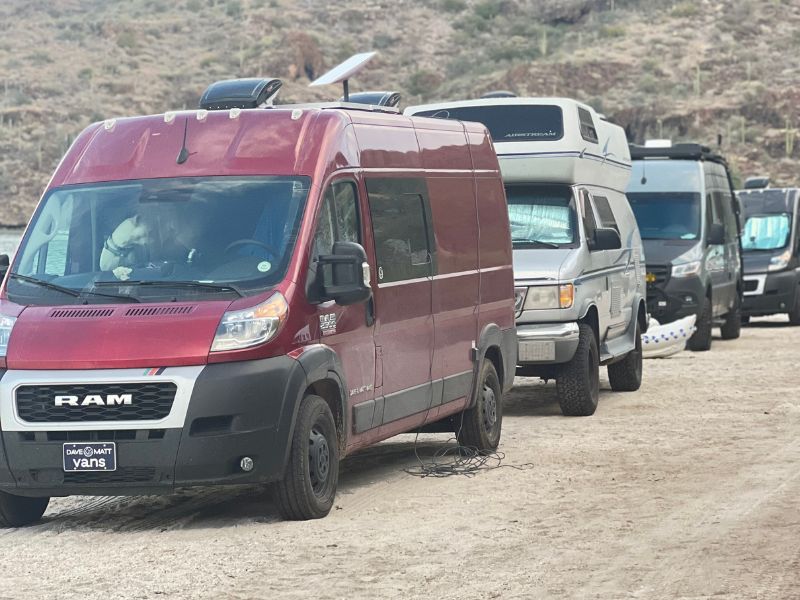
Plan Ahead
Planning ahead for where you will be and what kind of service you will have in the location is important. I rely on the app iOverlander to find a spot to stay and always read the comments to see what type of cell signal other campers have had there. Once I find a spot, I check the Outly app to determine the connectivity strength in the area. Outly displays a map of each cell provider’s signal strength in the area.
Establish a Routine
Working on the road can be challenging, especially when you are in a different place each day and there are no coworkers around to keep you on task. Establishing a routine is important to help you stay productive and focused. Determine your daily schedule, take breaks, and make sure to prioritize your work tasks. It’s also essential to balance work and play, so make time to get out and explore or get exercise in between tasks.
Be Flexible and Stay Organized
Working on the road can be difficult with internet connections, different time zones, and dealing with unforeseen circumstances, so flexibility is essential. Balancing everything that comes with living on the road can be a little chaotic, so it is important to establish a system to ensure your work life stays organized. This means setting reminders, entering every detail into your calendar (including deadlines), and using project management tools like Asana or Trello. Having a flexible mindset and implementing methods to stay organized can help you navigate the challenges that come with being a digital nomad.
Starting your life as a digital nomad requires a lot of planning, flexibility, organization, and self-discipline. Setting up reliable internet sources, having a backup plan, choosing the right location, establishing a routine, staying connected, and being flexible and organized are the keys to success. While it may take a bit more planning, working on the road is one of the most amazing experiences one can endure. It opens up so many opportunities for personal and professional growth, all while allowing you to see some of the most stunning places on earth.
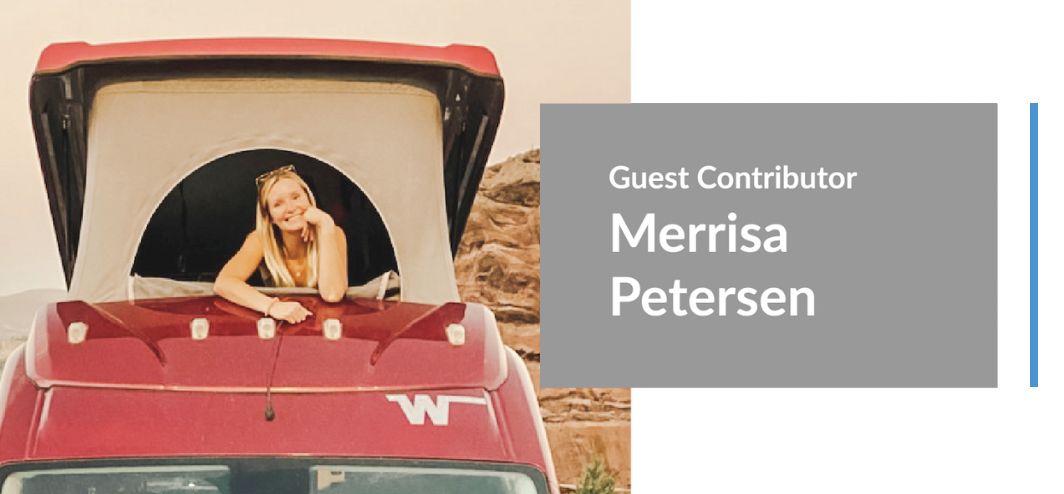
Having worked in the RV industry since 2017, Merrisa Petersen has been living and working on the road in her Winnebago Solis Pocket full-time since 2020. Her aim is to empower other women to seek adventure in order to instill confidence in their capabilities. Her travel companion is her dog, Jessa, and together they are committed to a sustainable lifestyle and leaving nature better than they found it.
